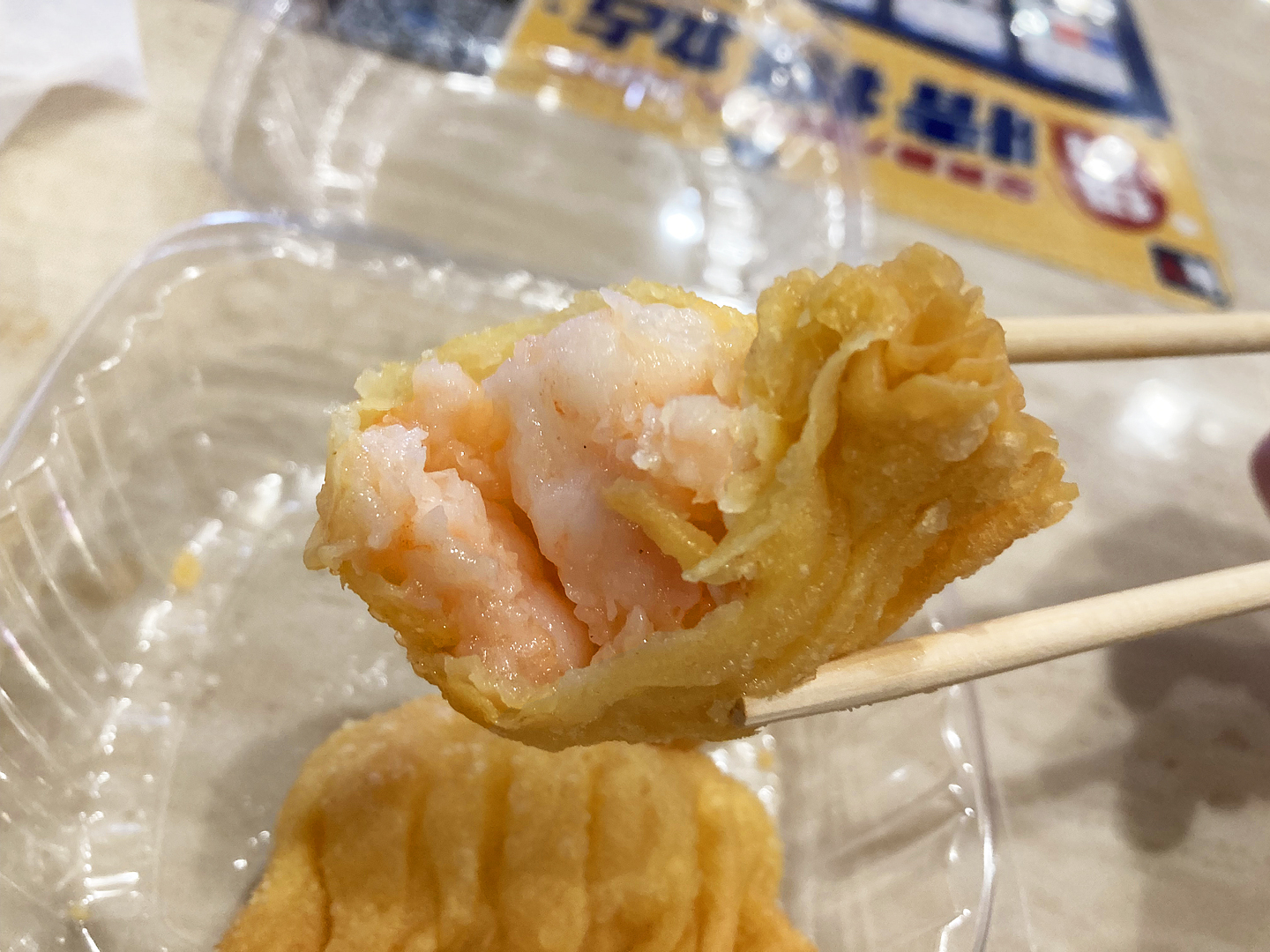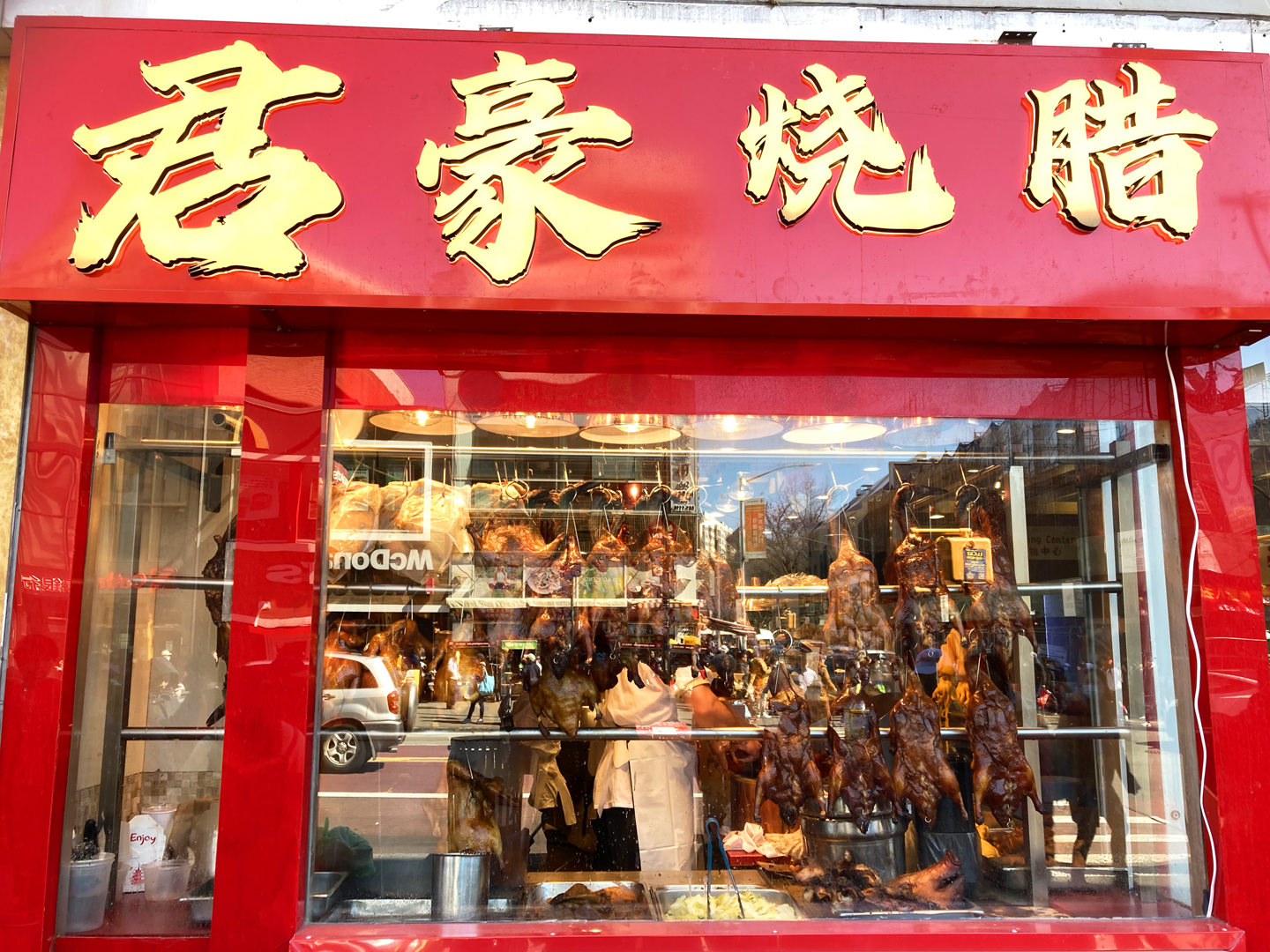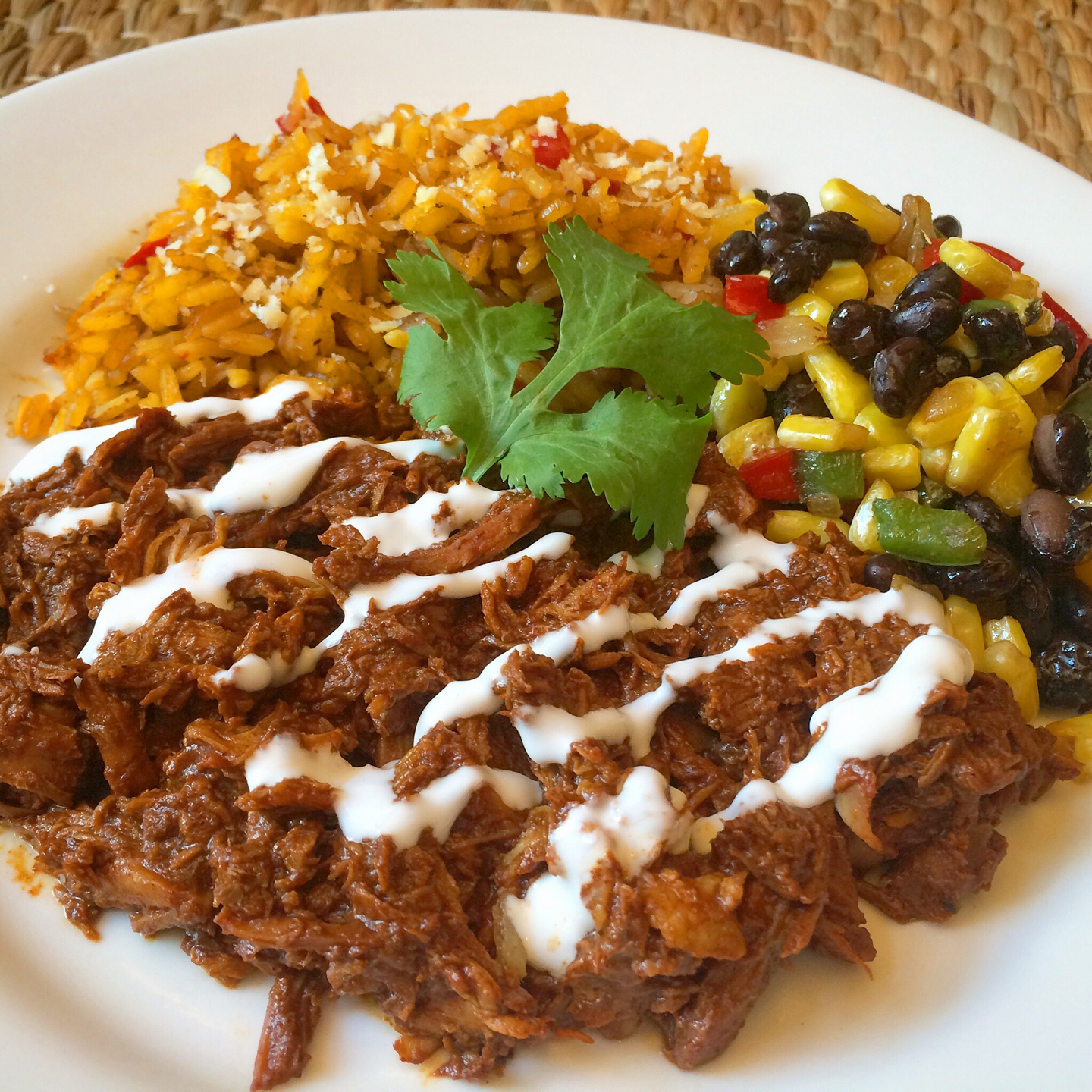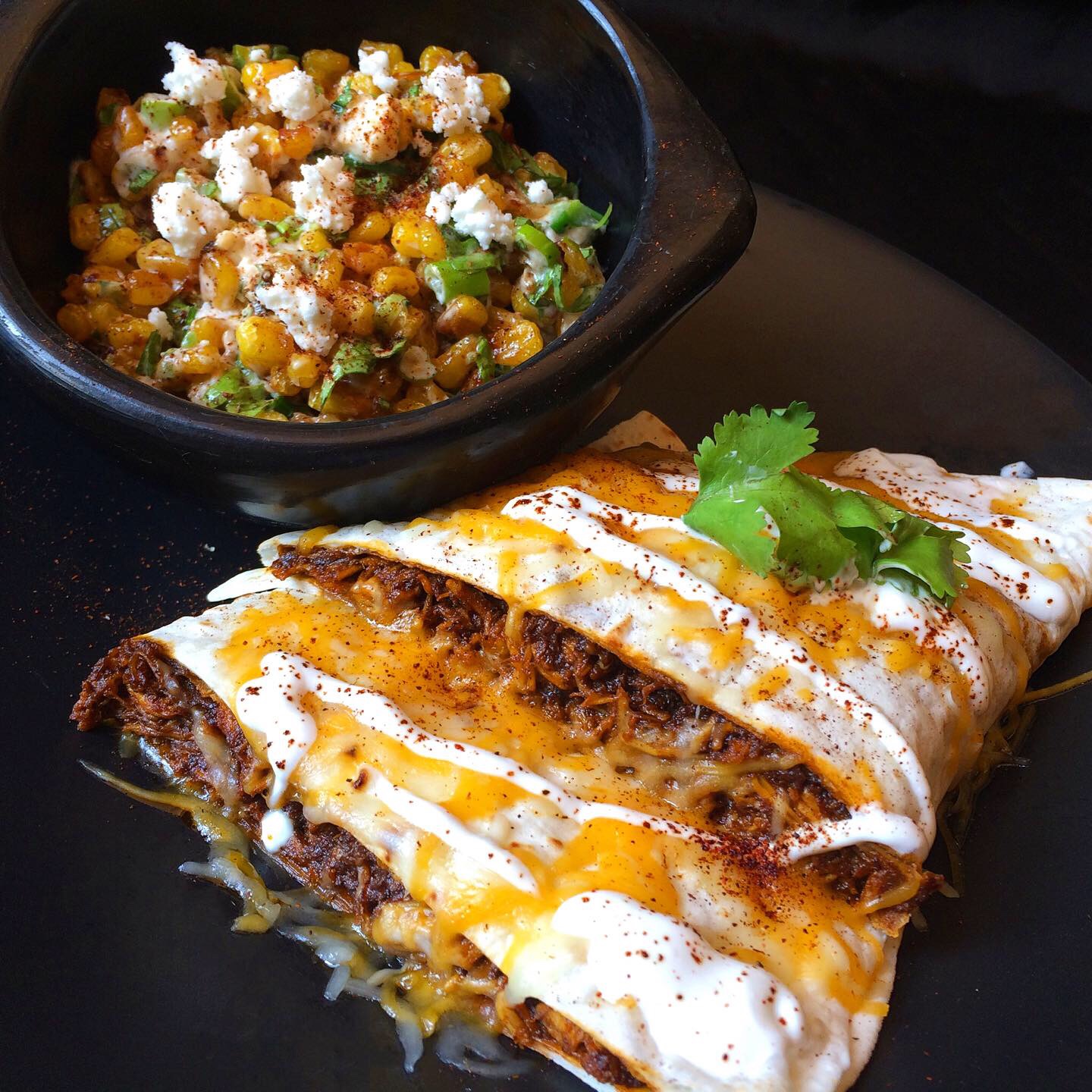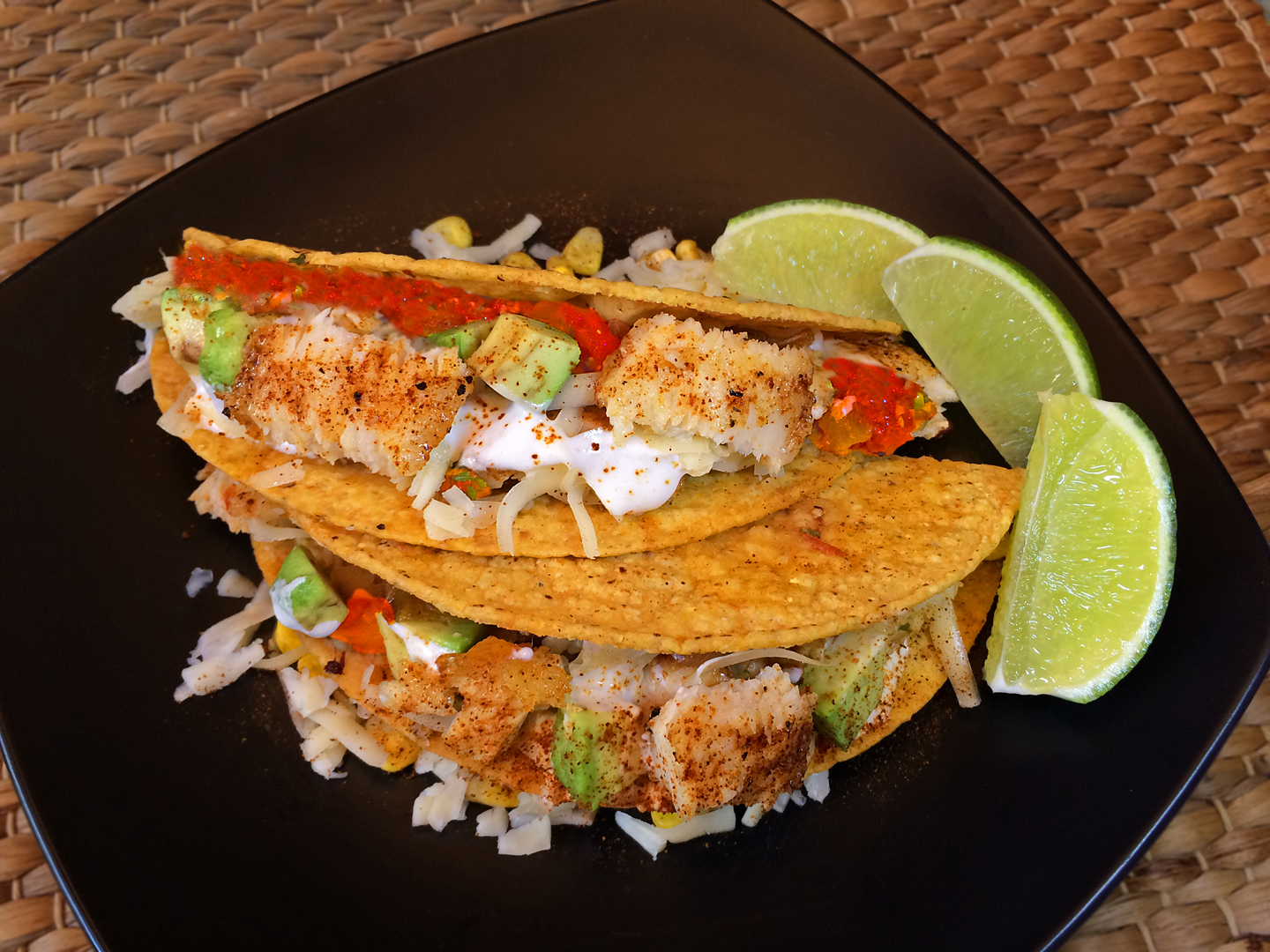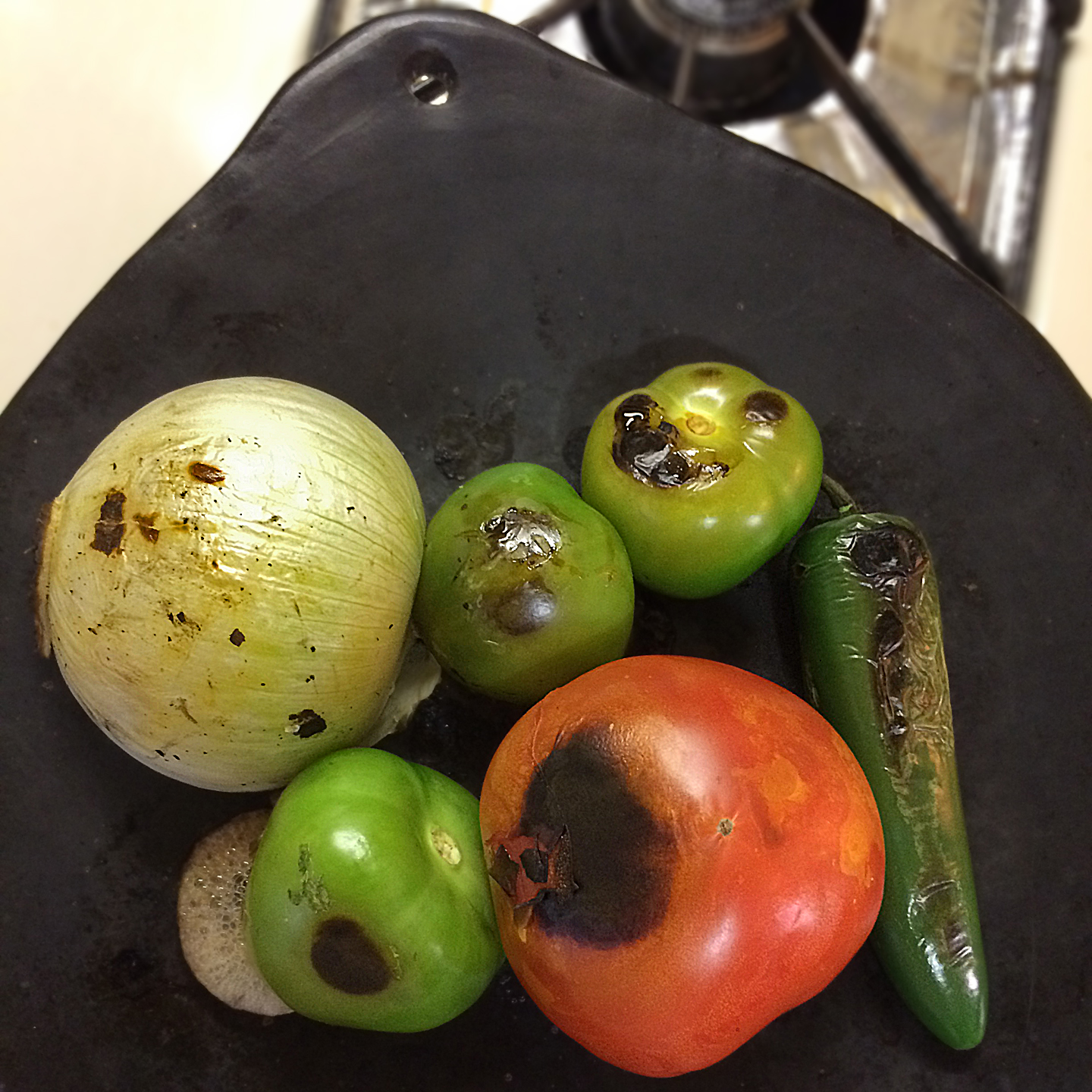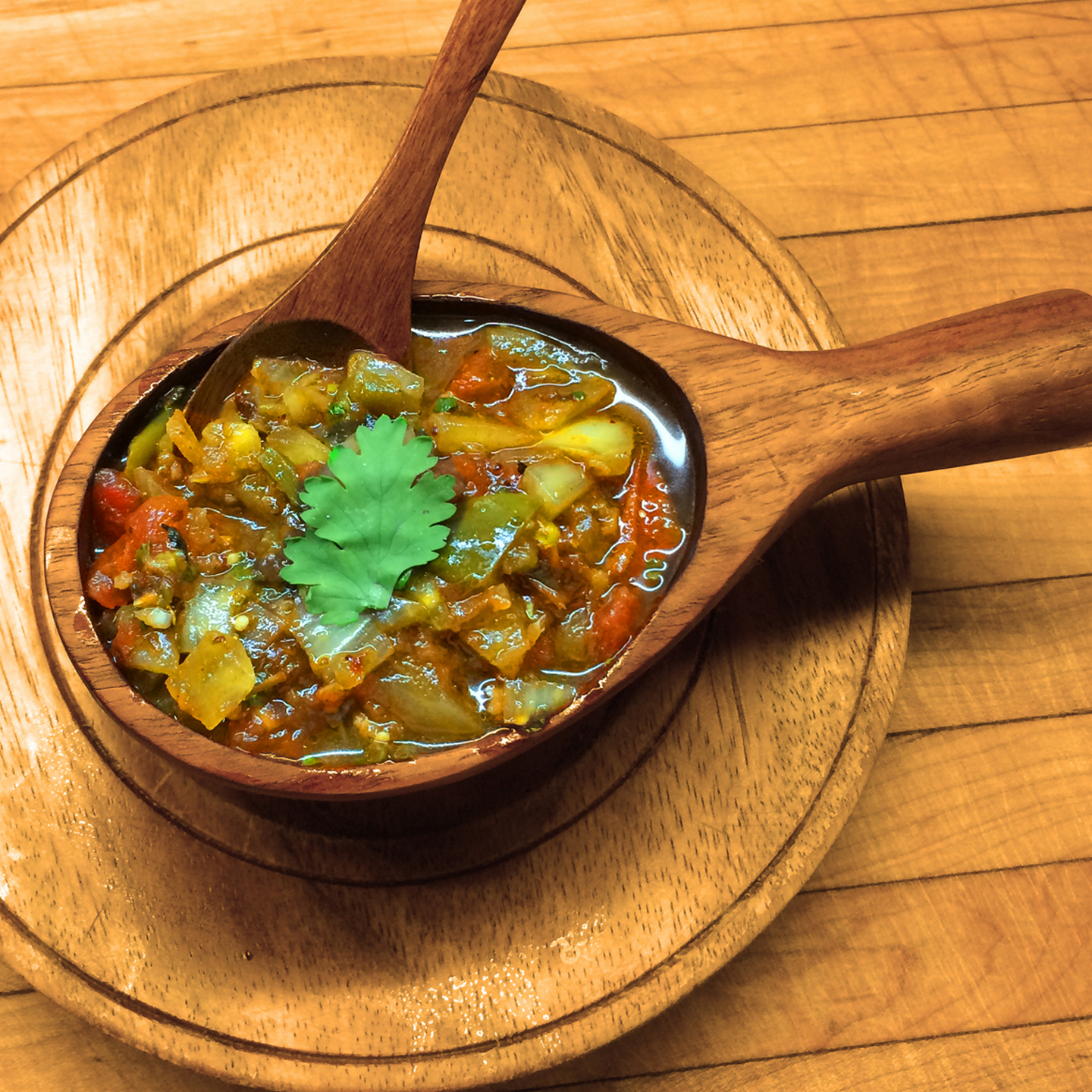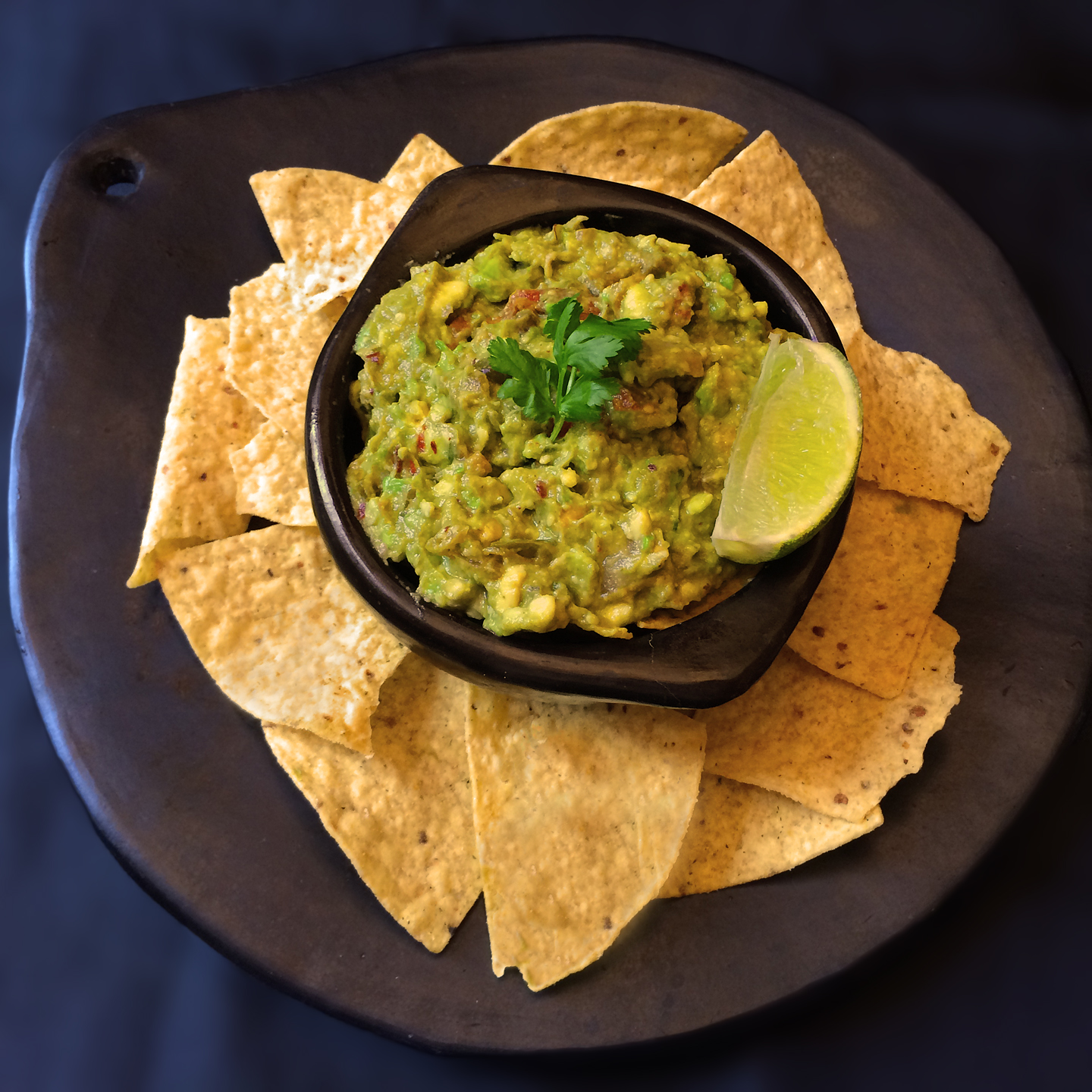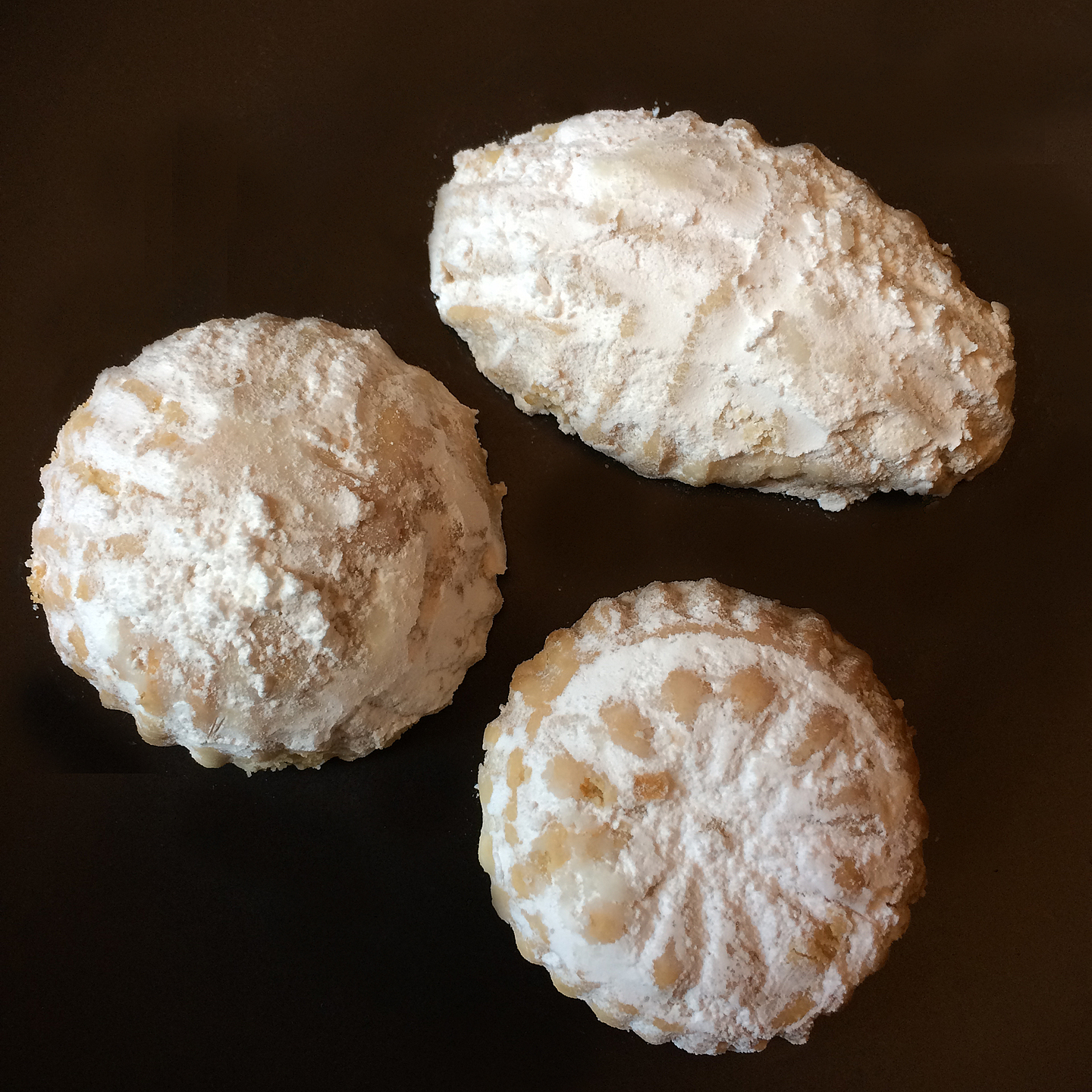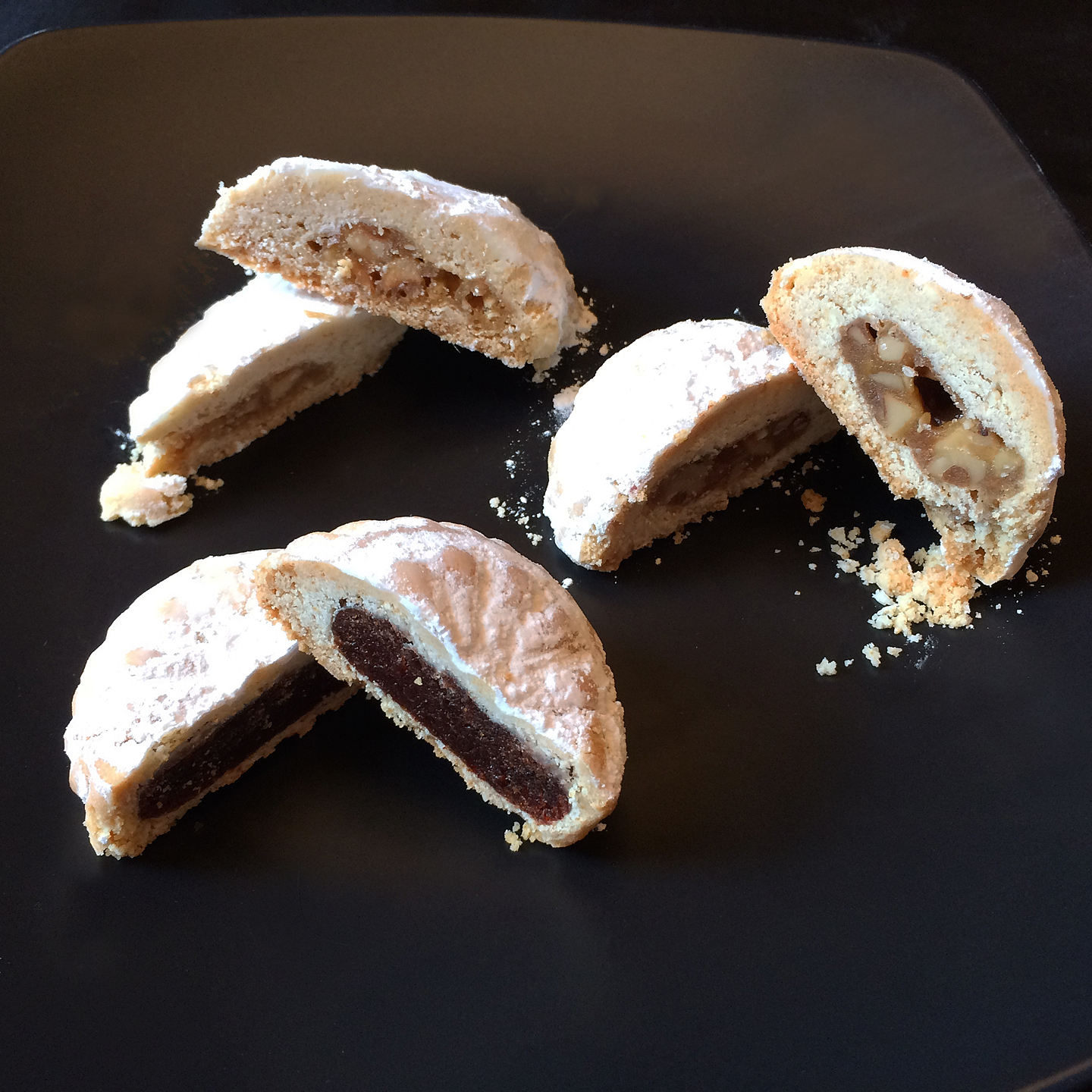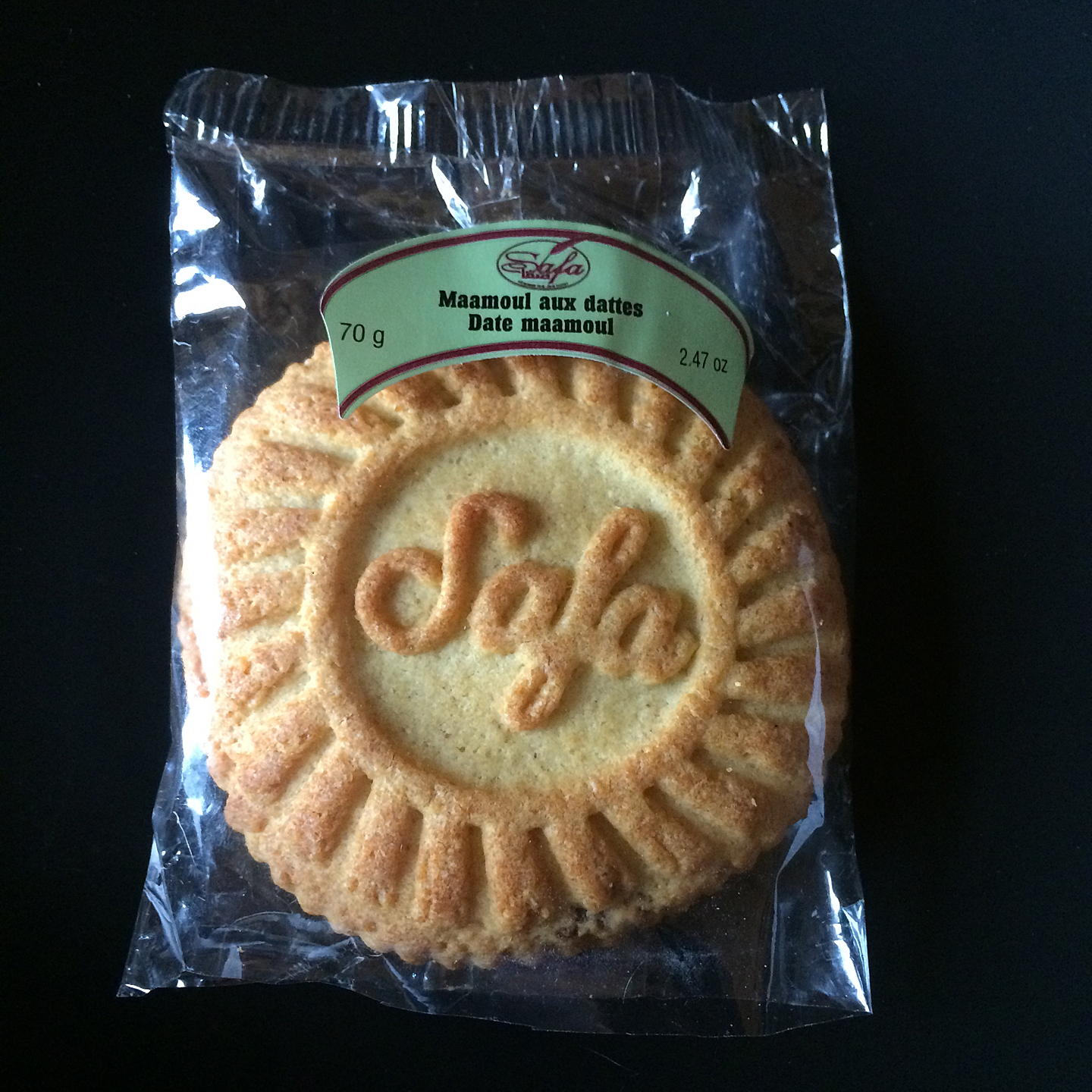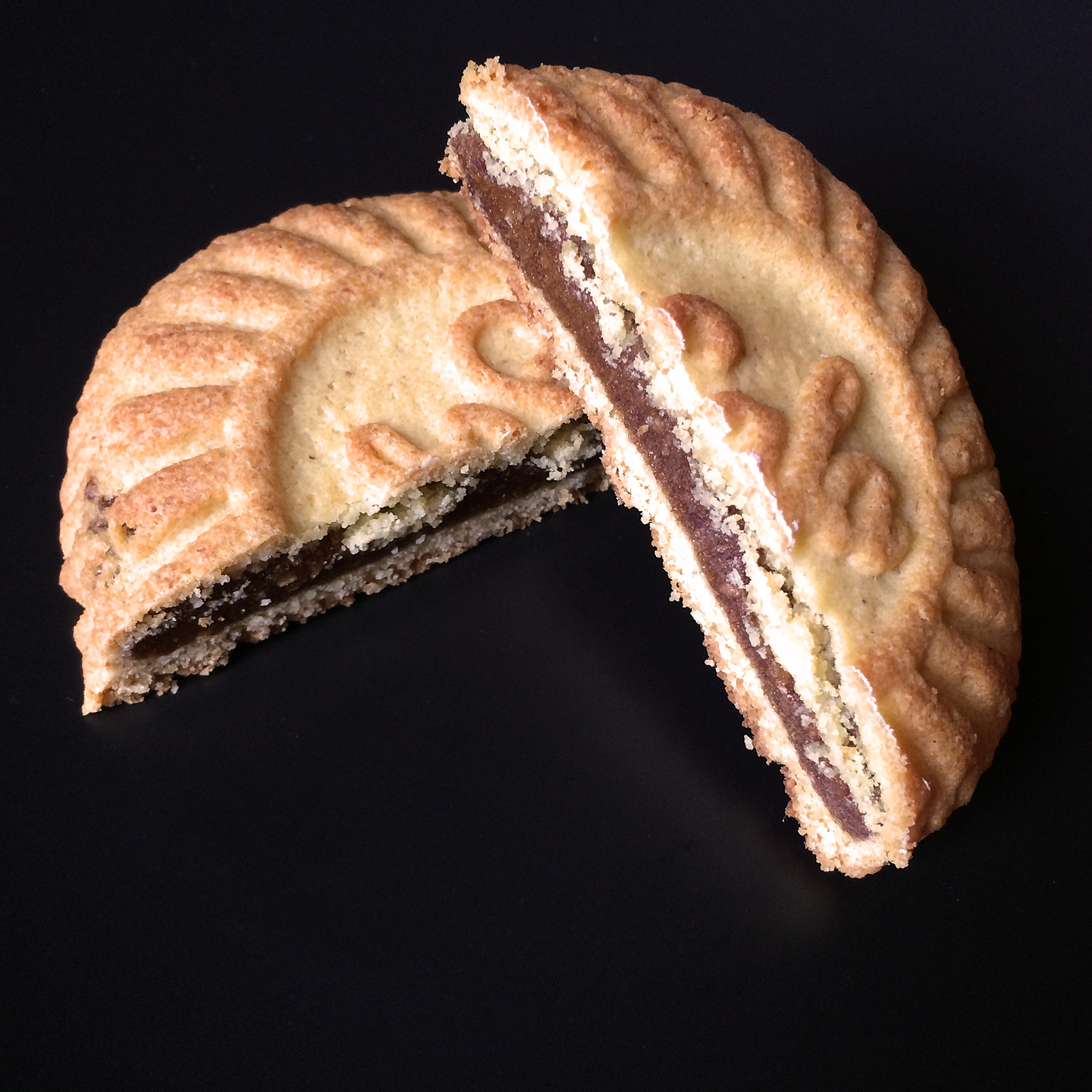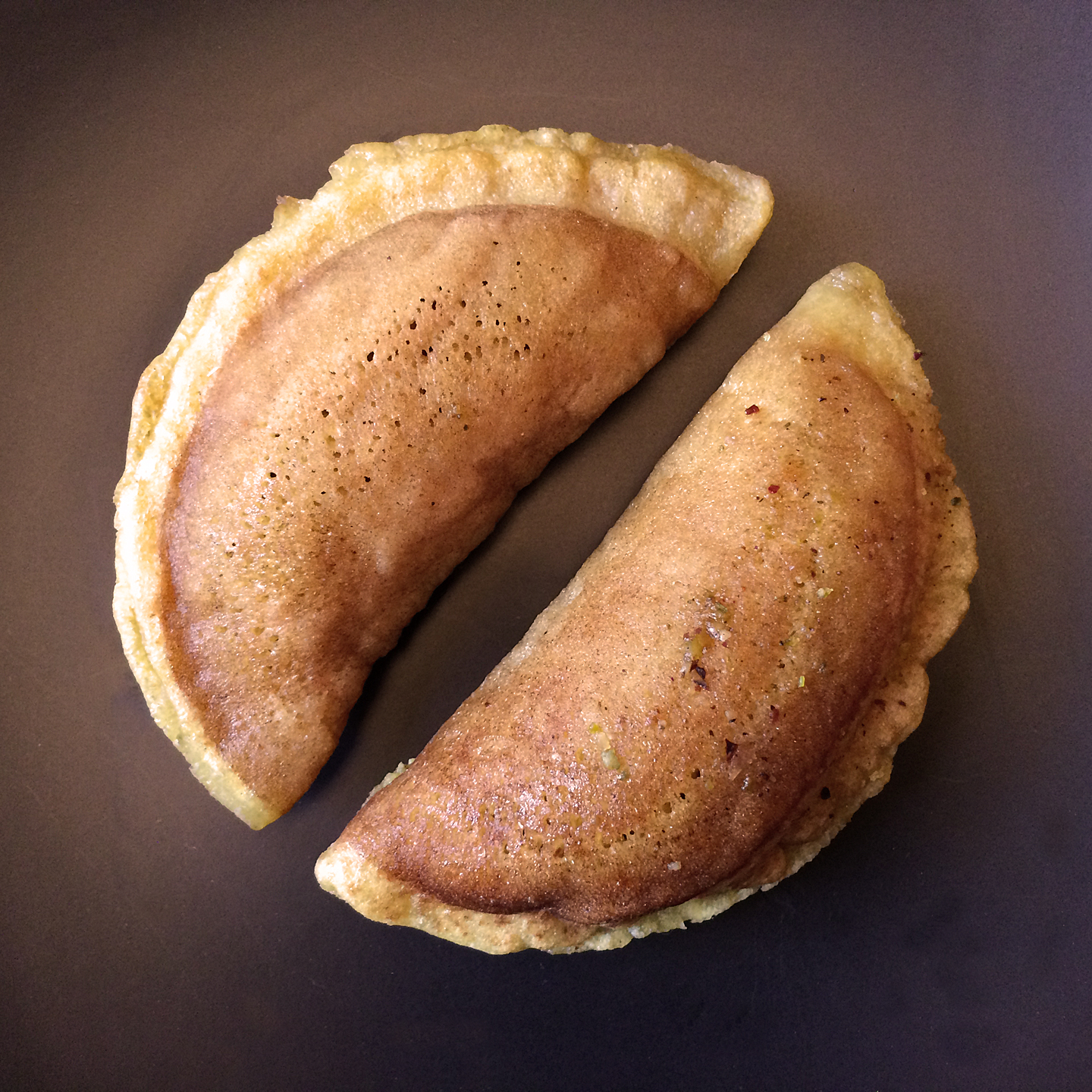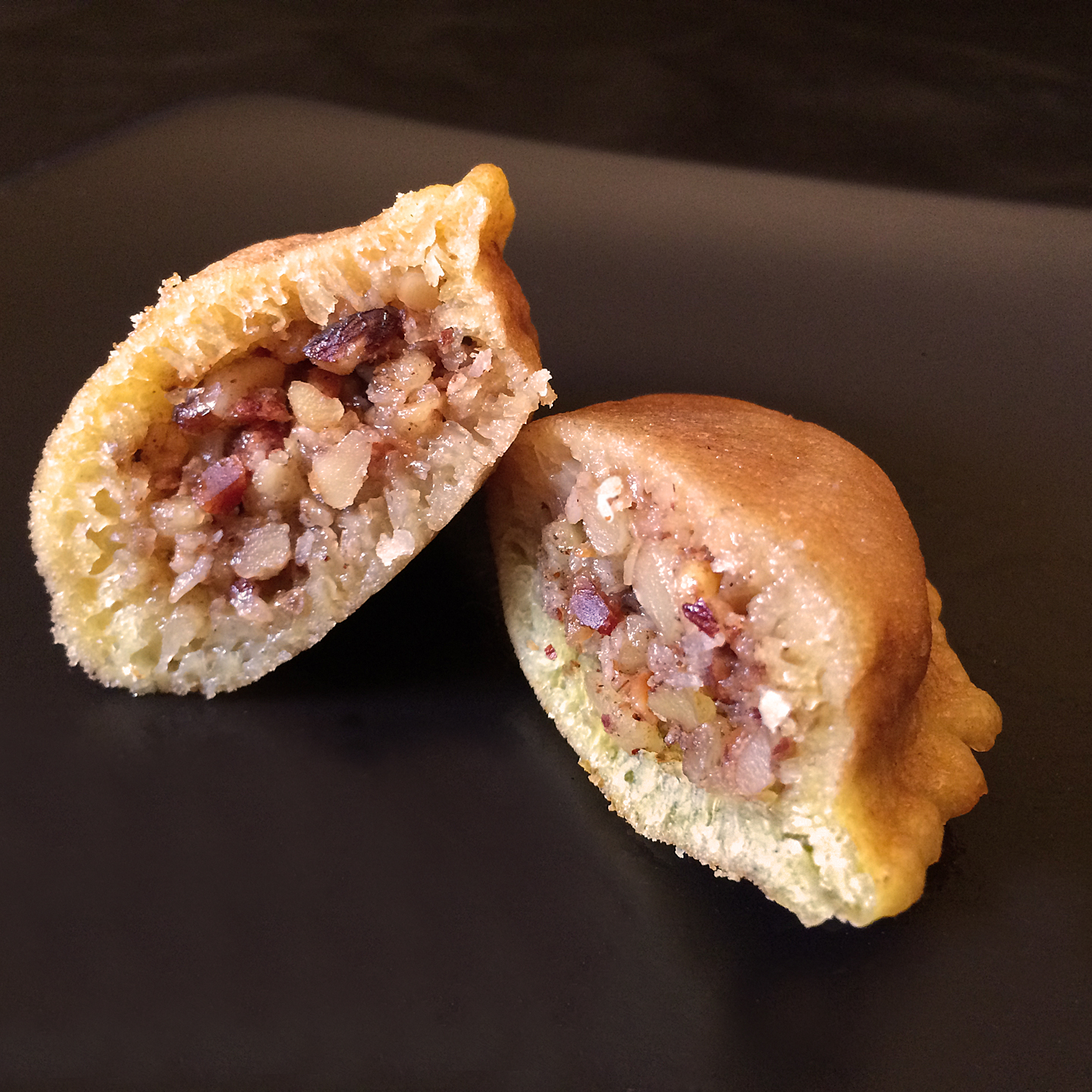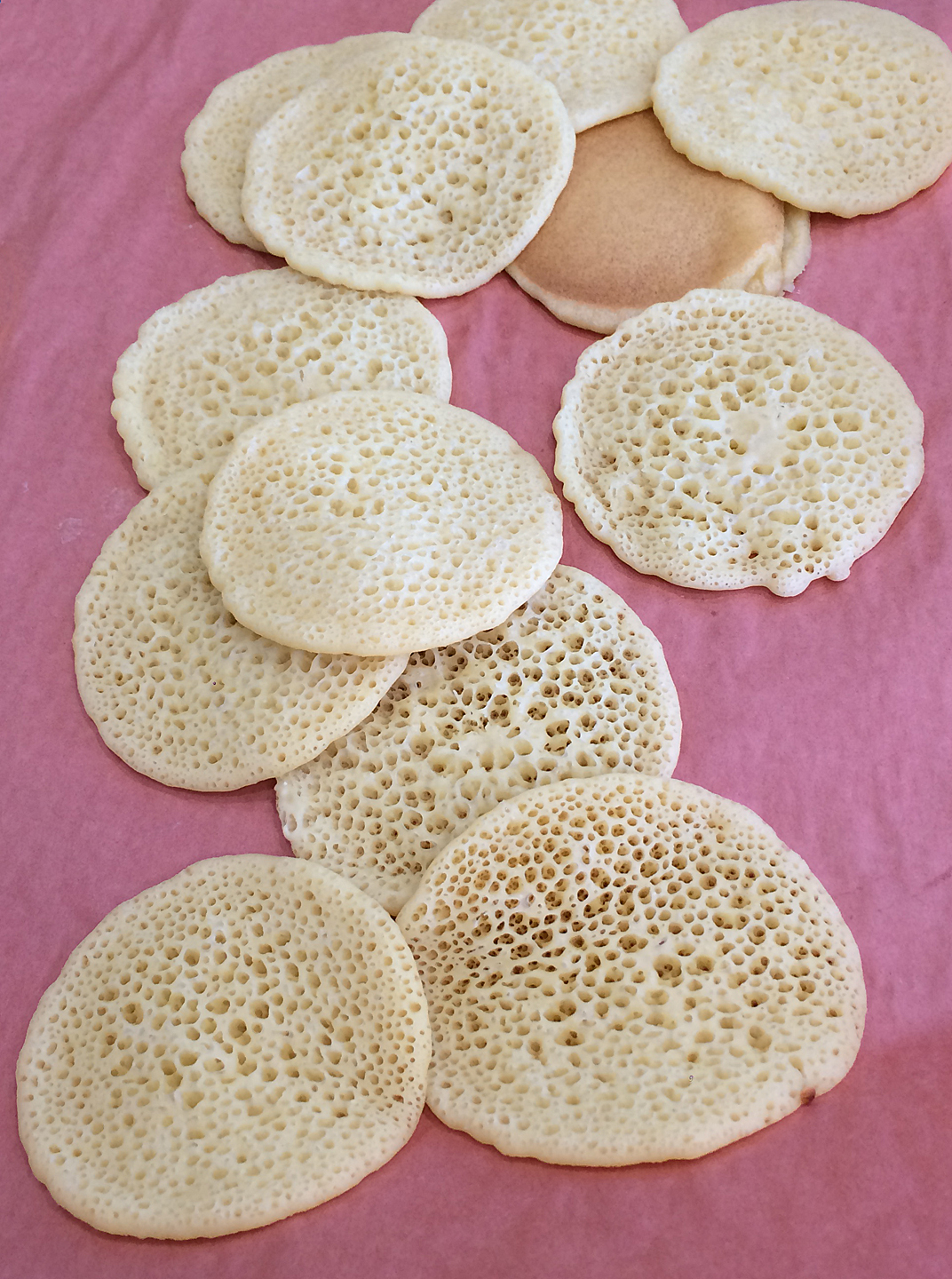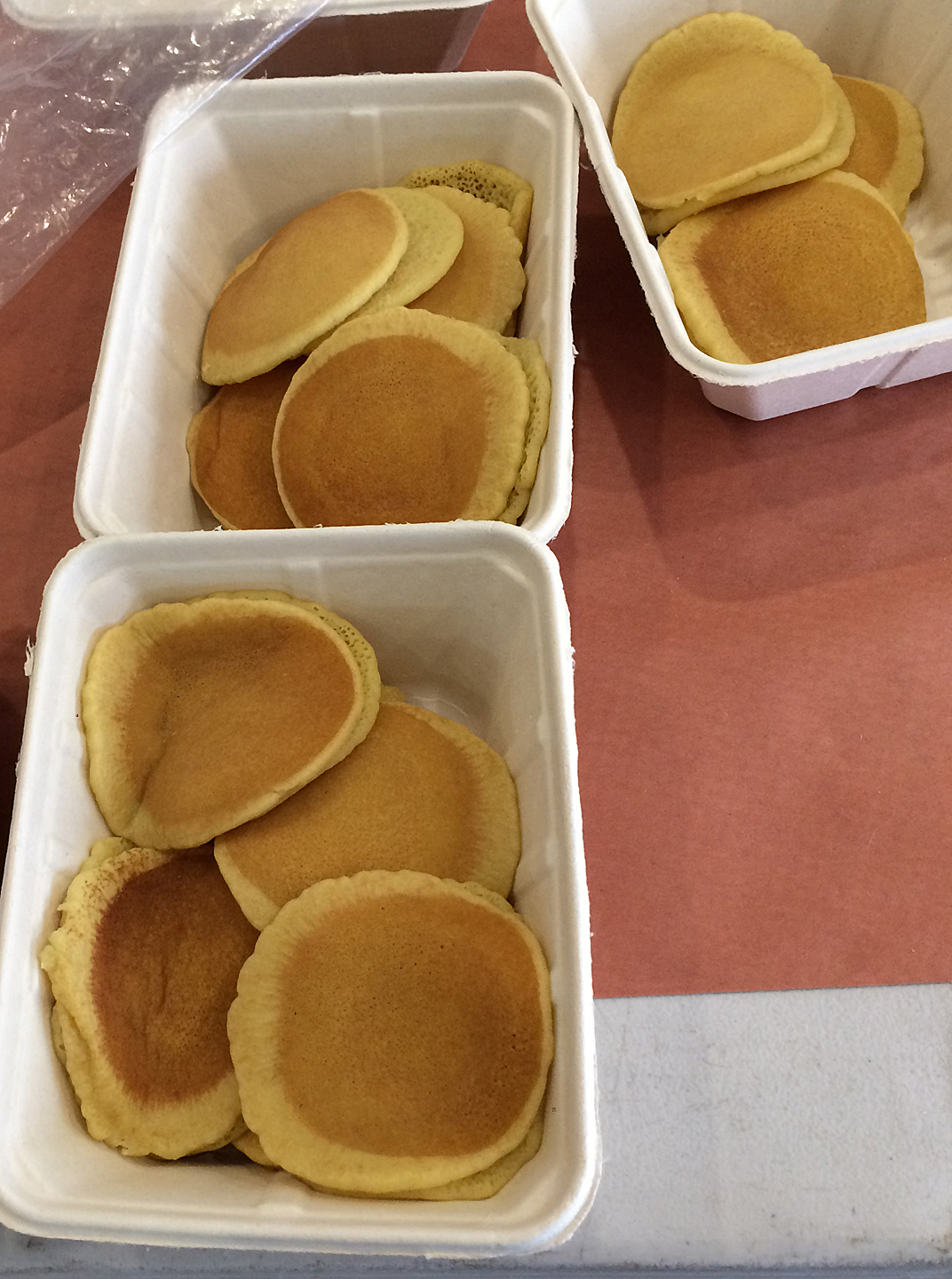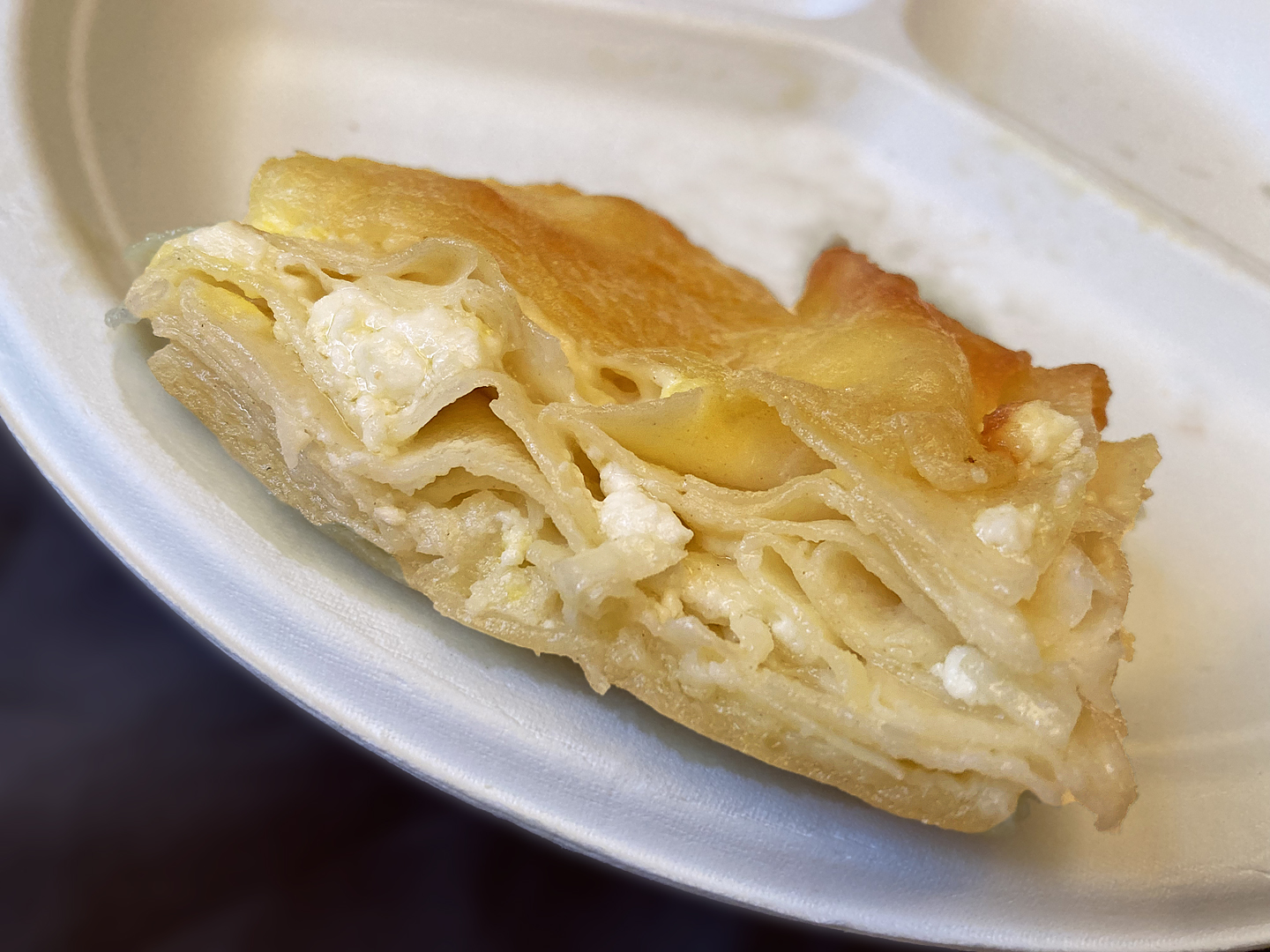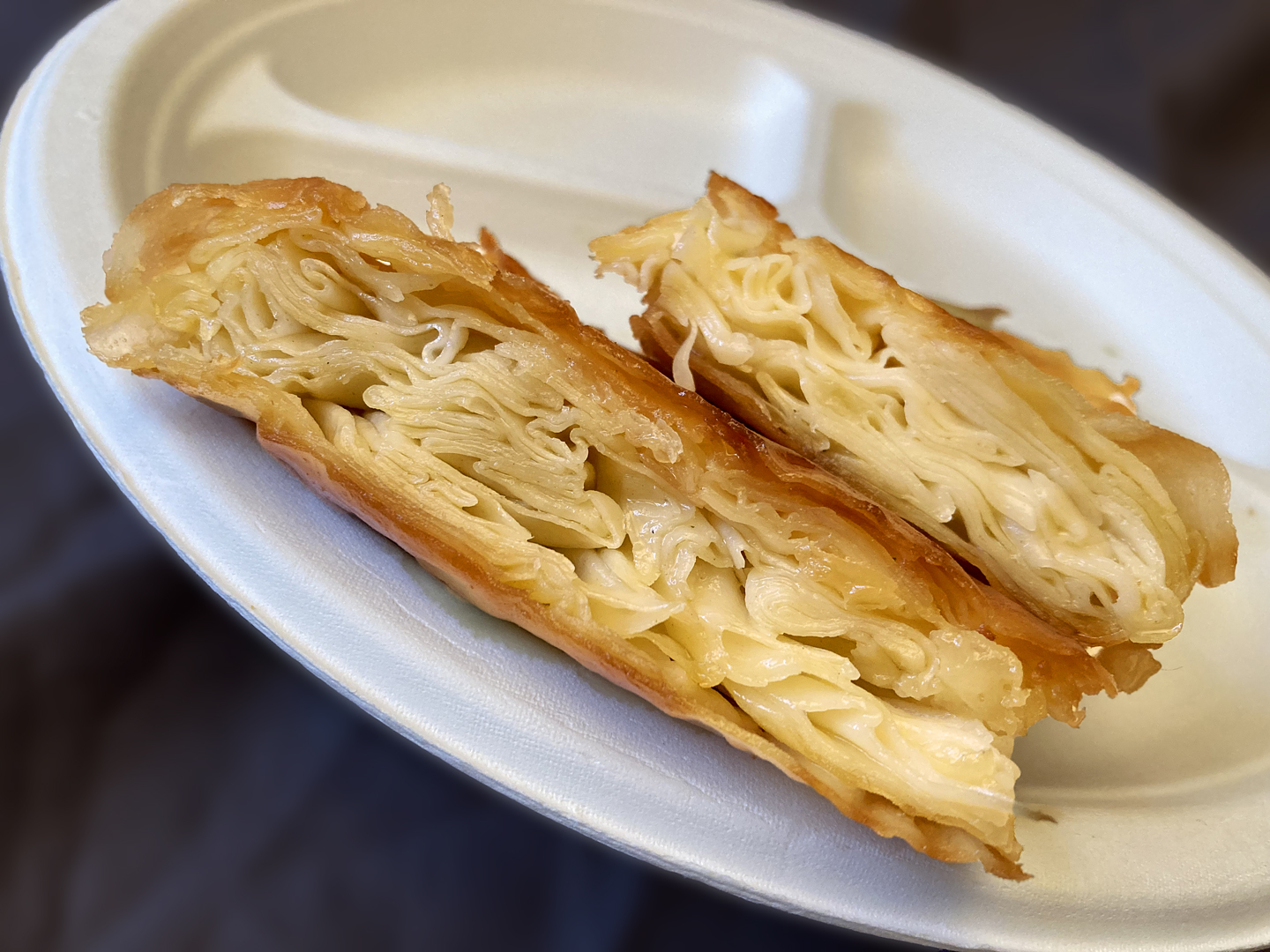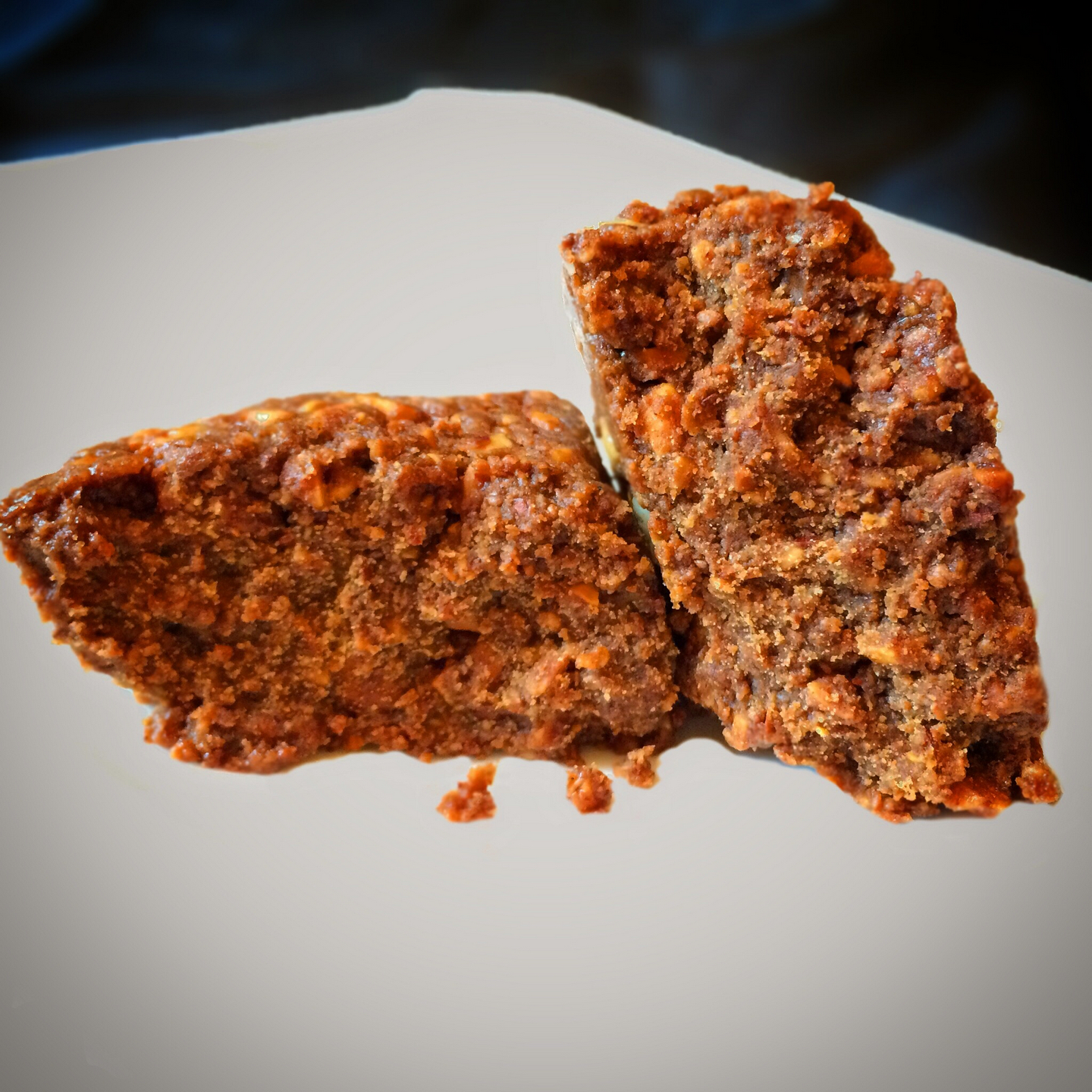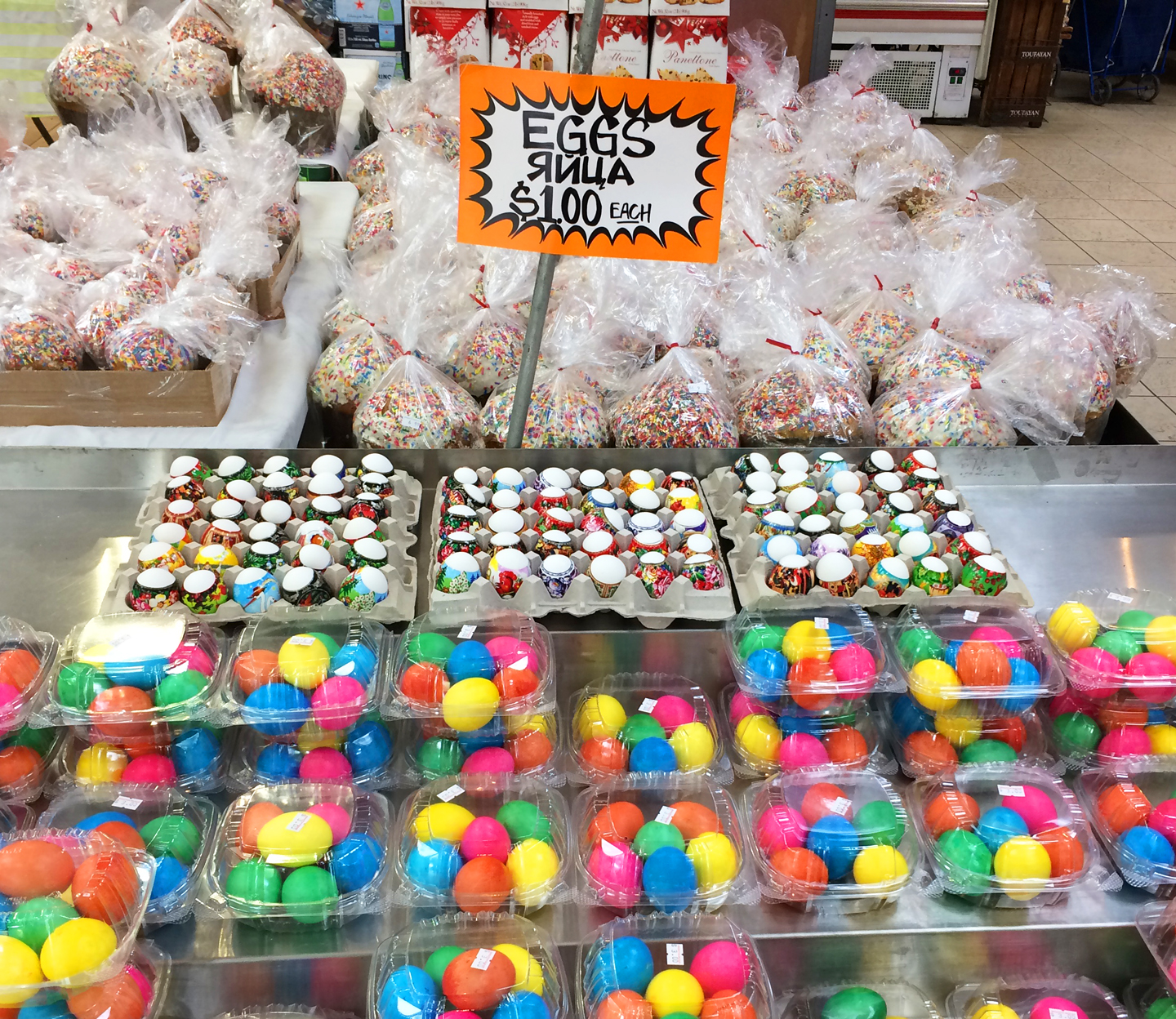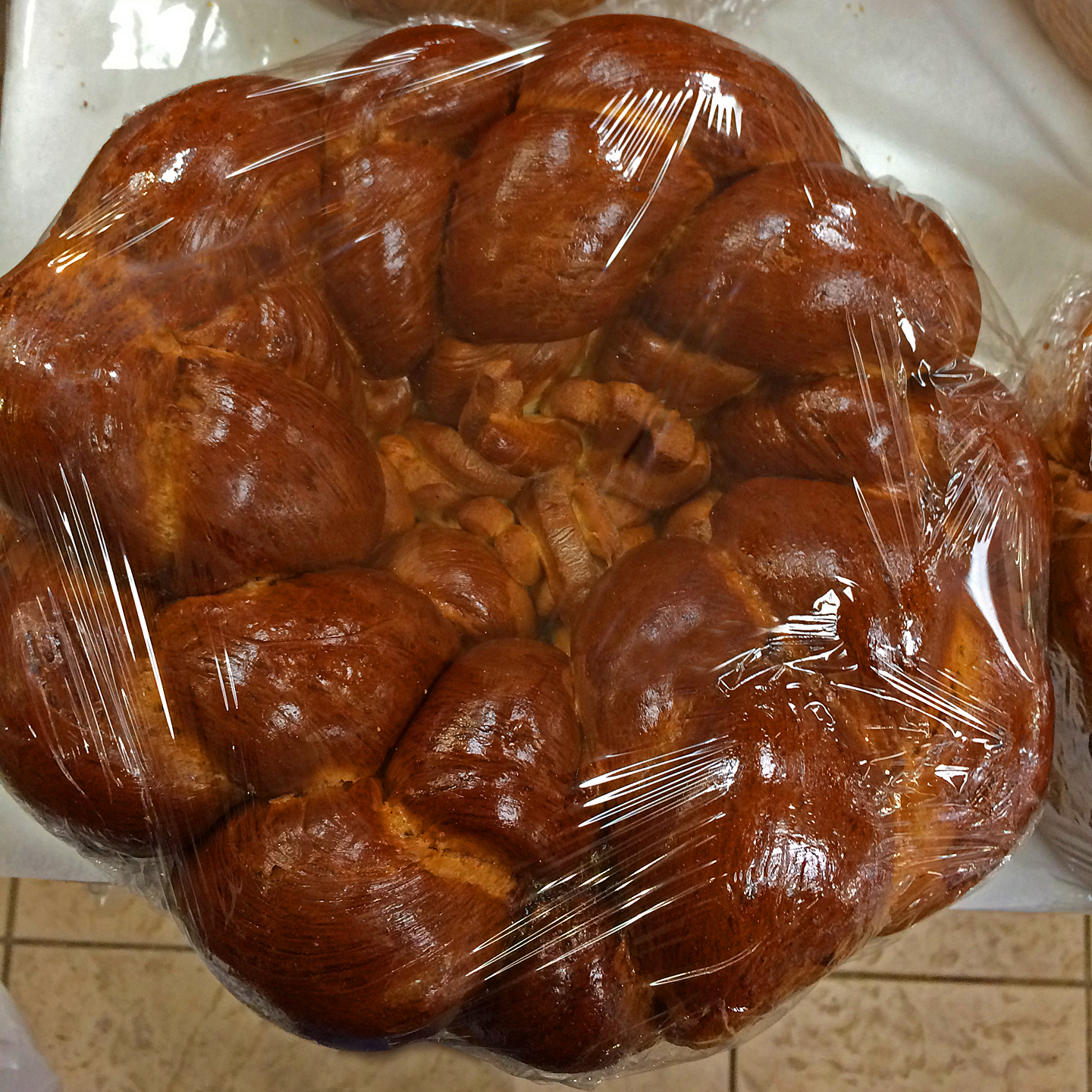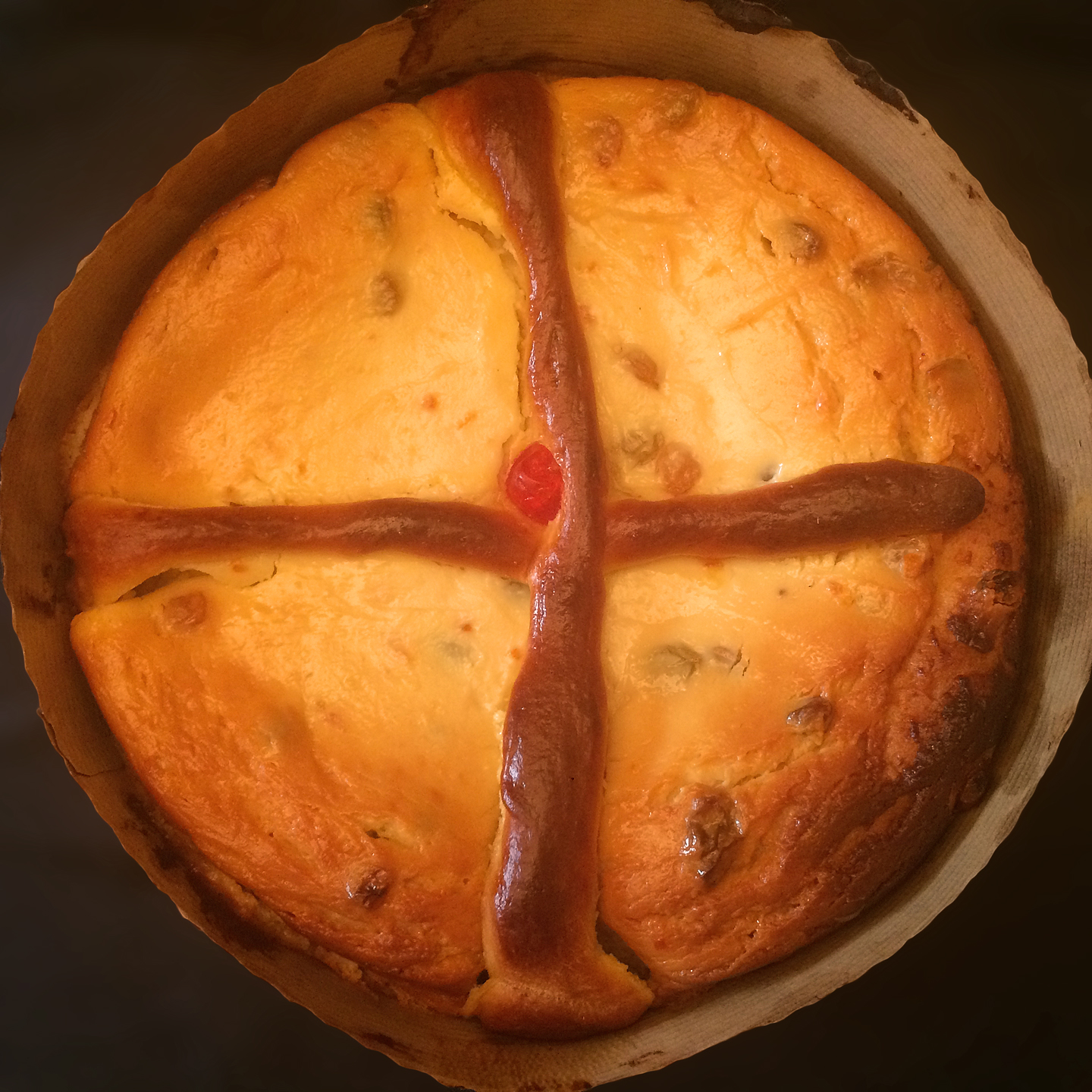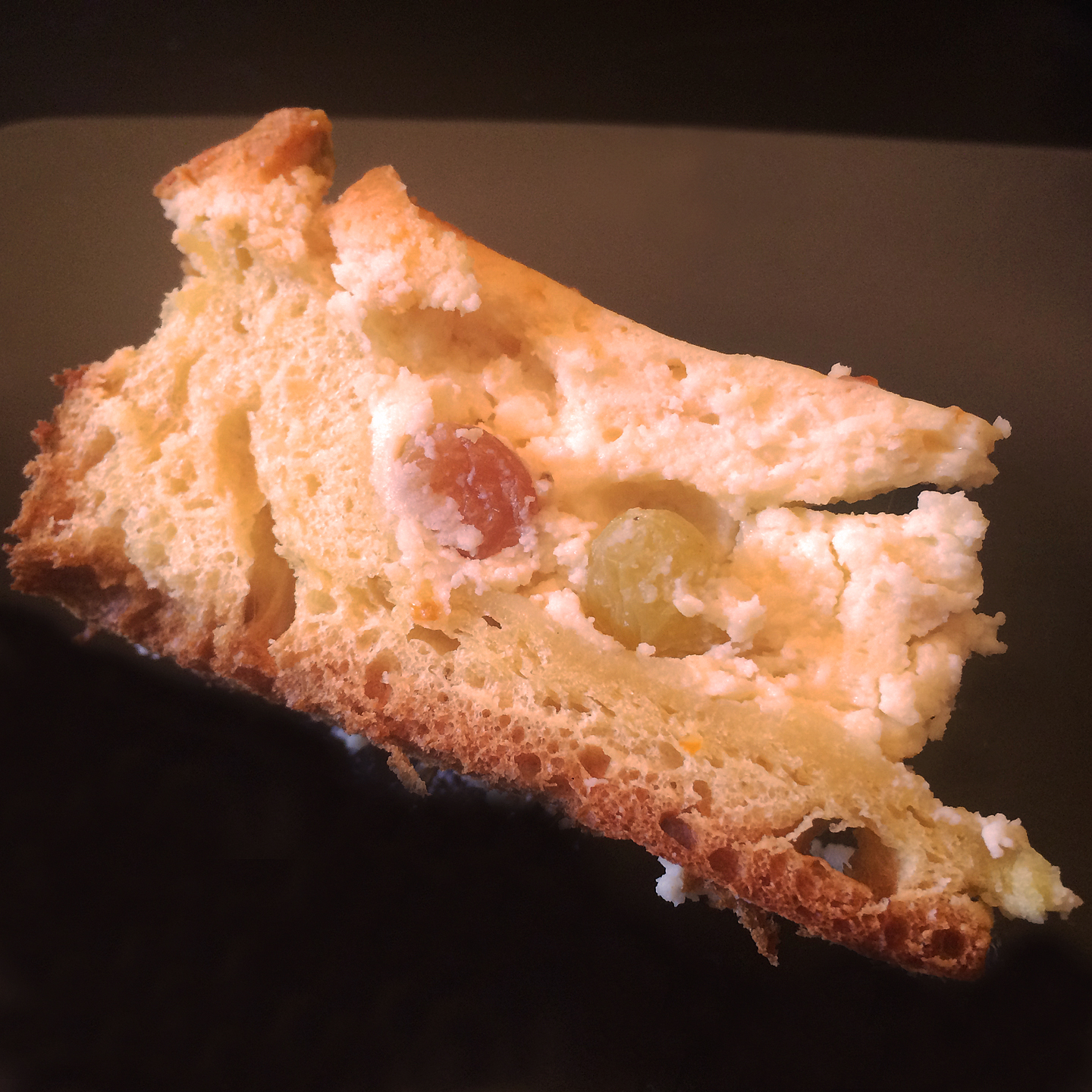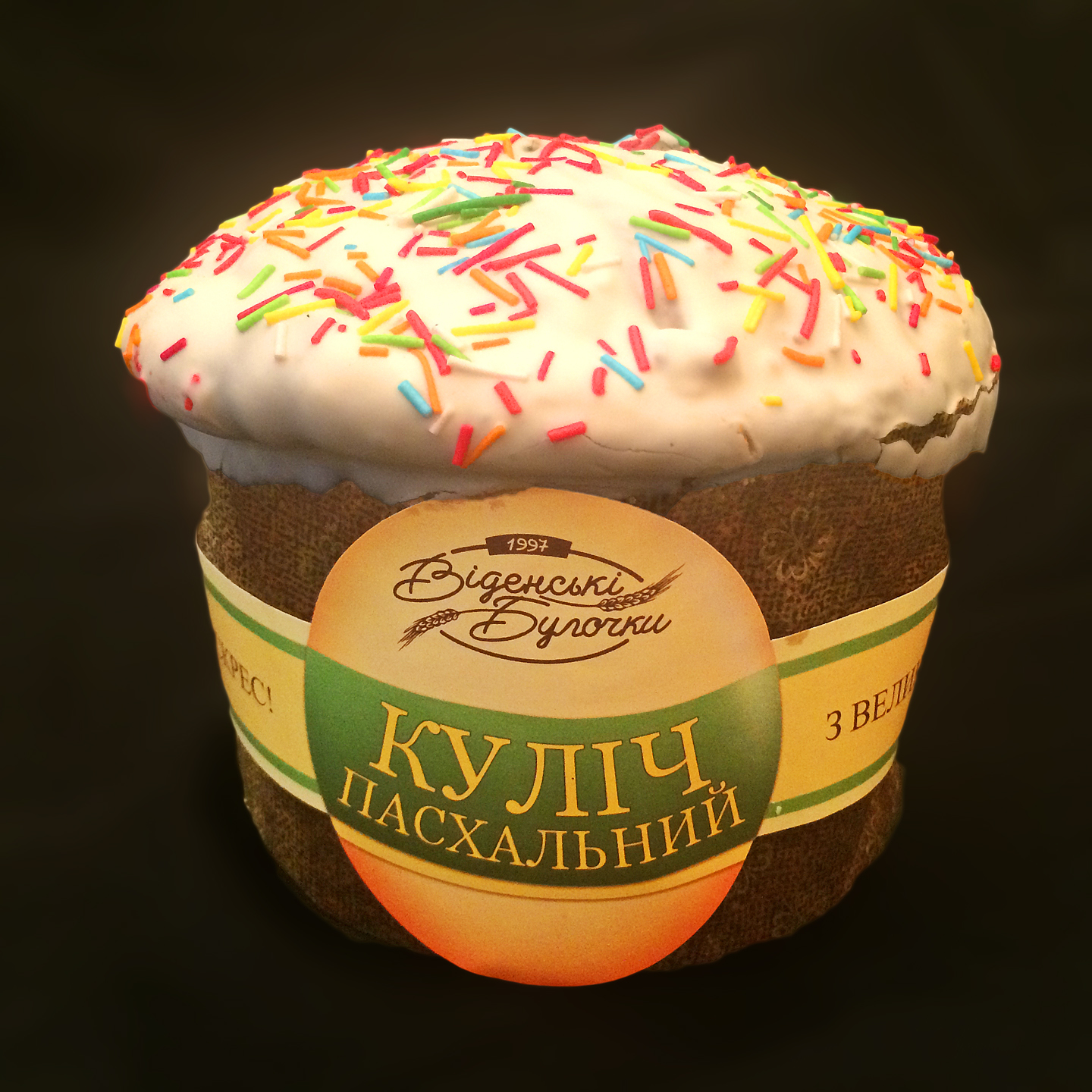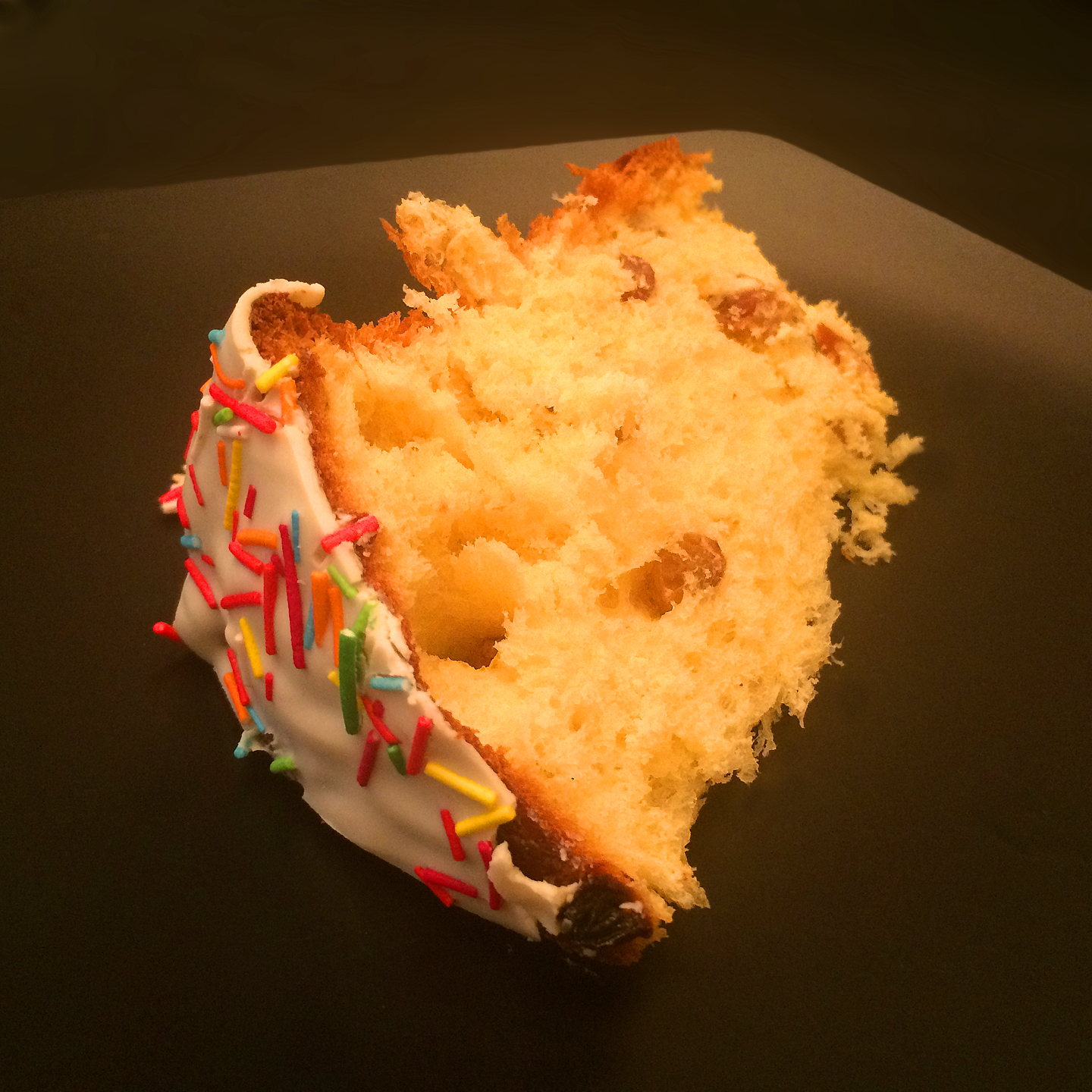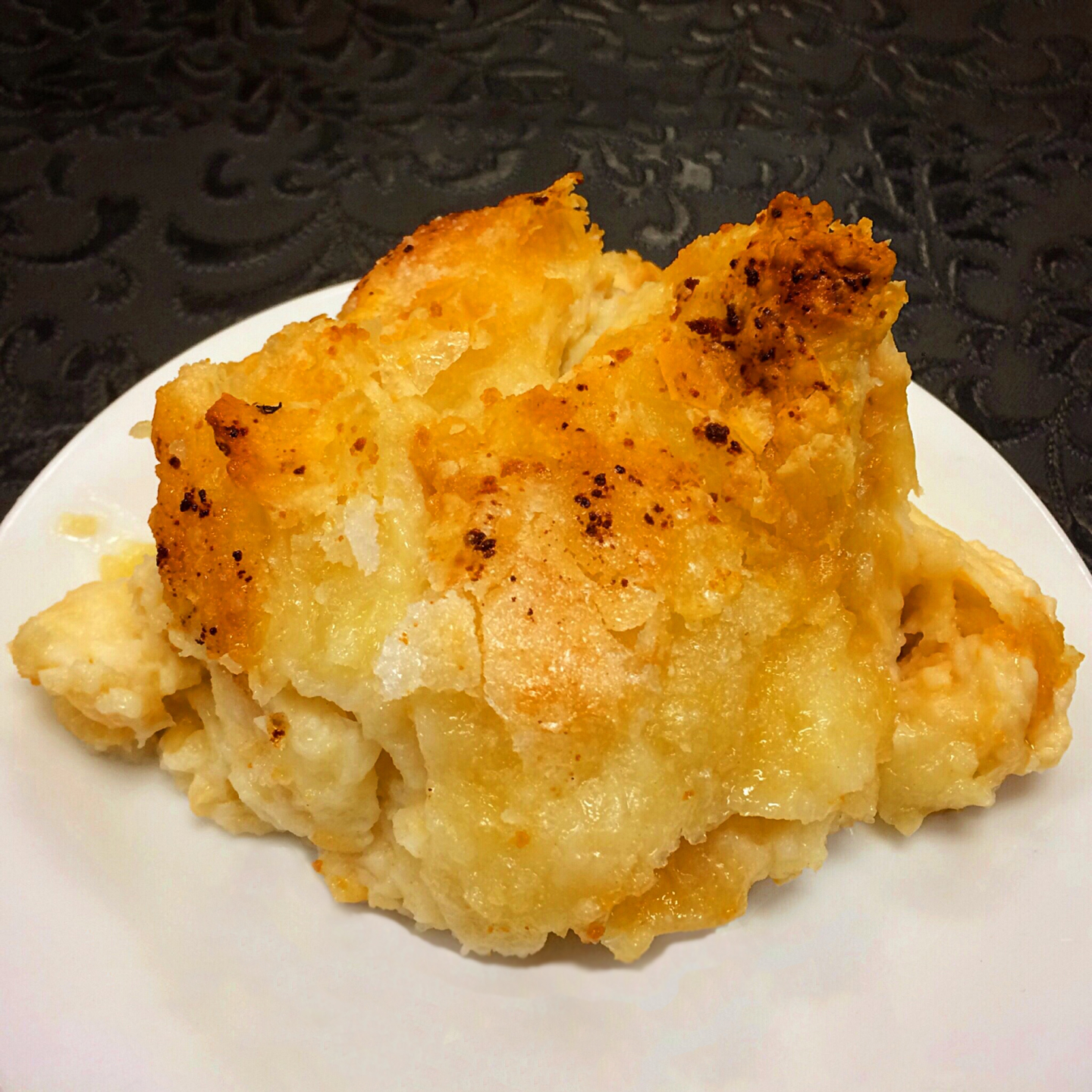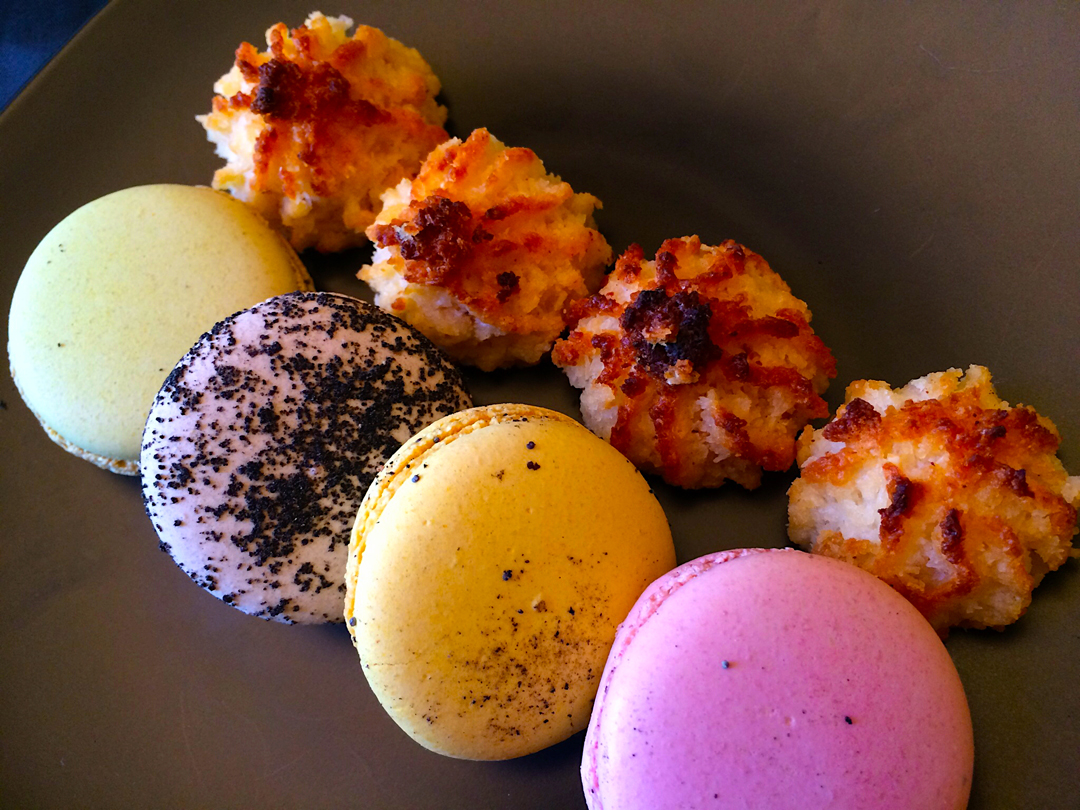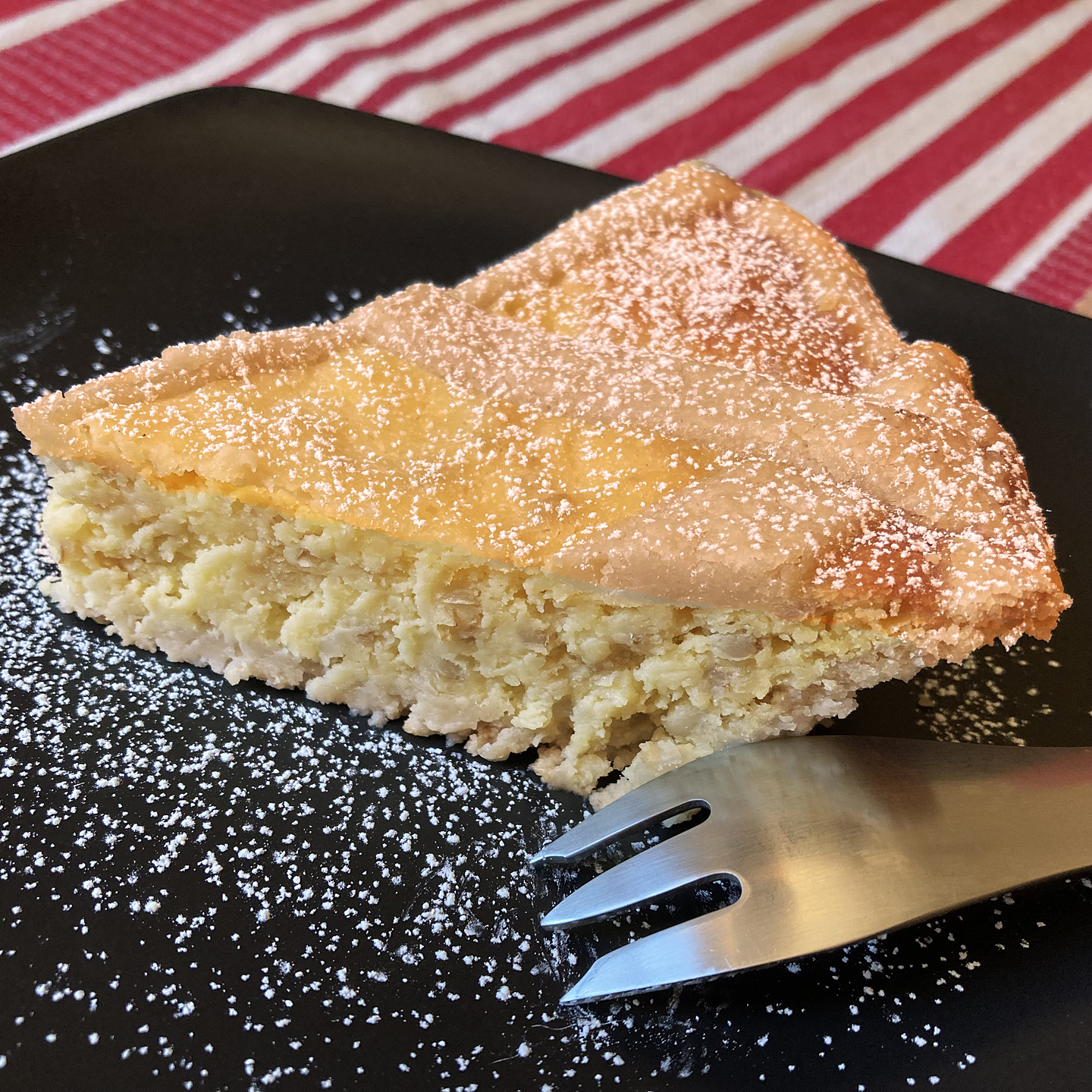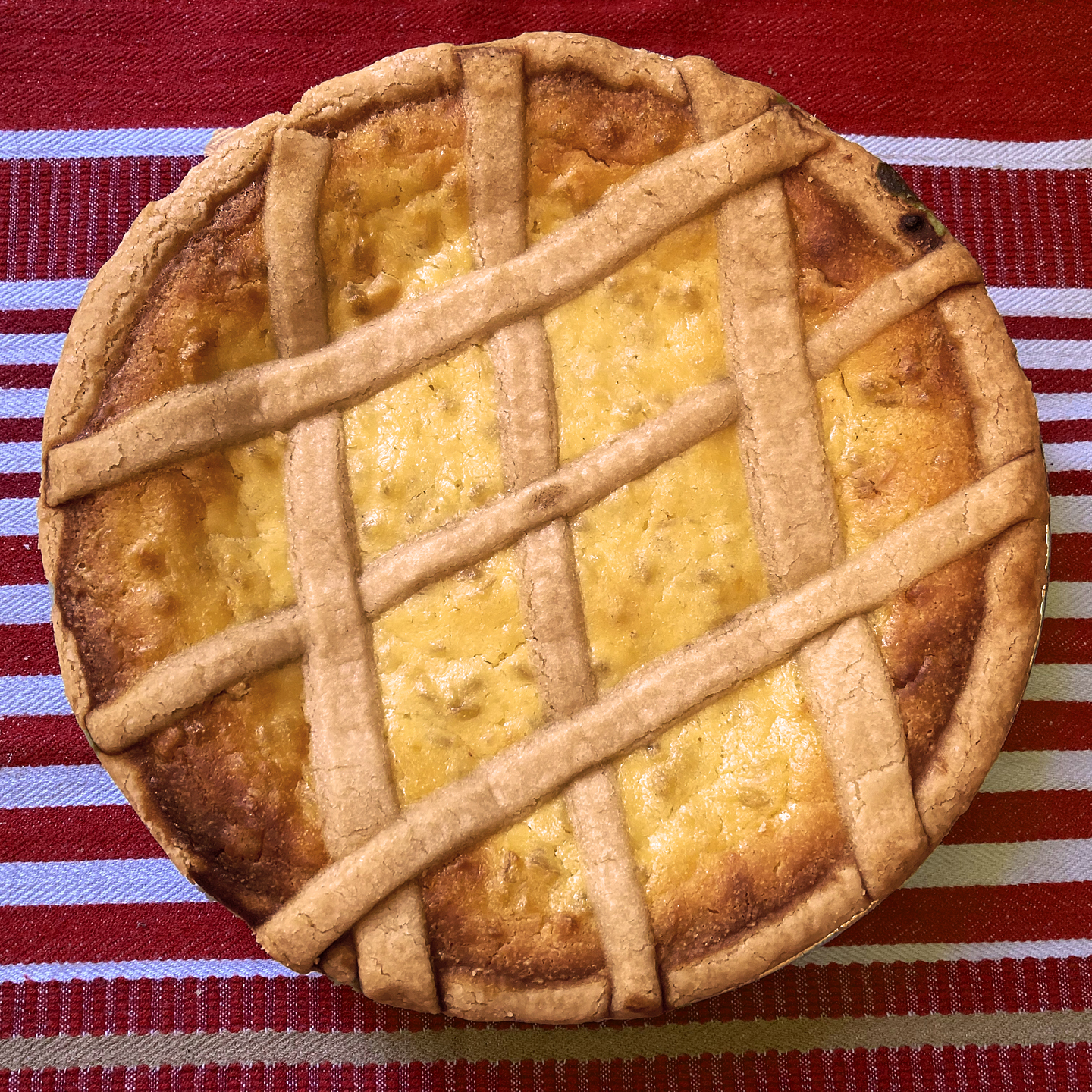(See what I did there?)
So progress continues at Elmhurst’s revivified HK Food Court but incrementally at best. They move things around as in a protracted game of chess and, with a few exceptions in the far right corner, I can’t really determine who the vendors are – or perhaps there’s only one, because the crew seems to wander freely among all of the stations. Each has some signage, but I’m not convinced that it corresponds to the contents of the steam tables beneath. None of which has anything to do with the food, of course.
But I have stumbled upon two items worth considering.
(Click on any image to view it in high resolution.)
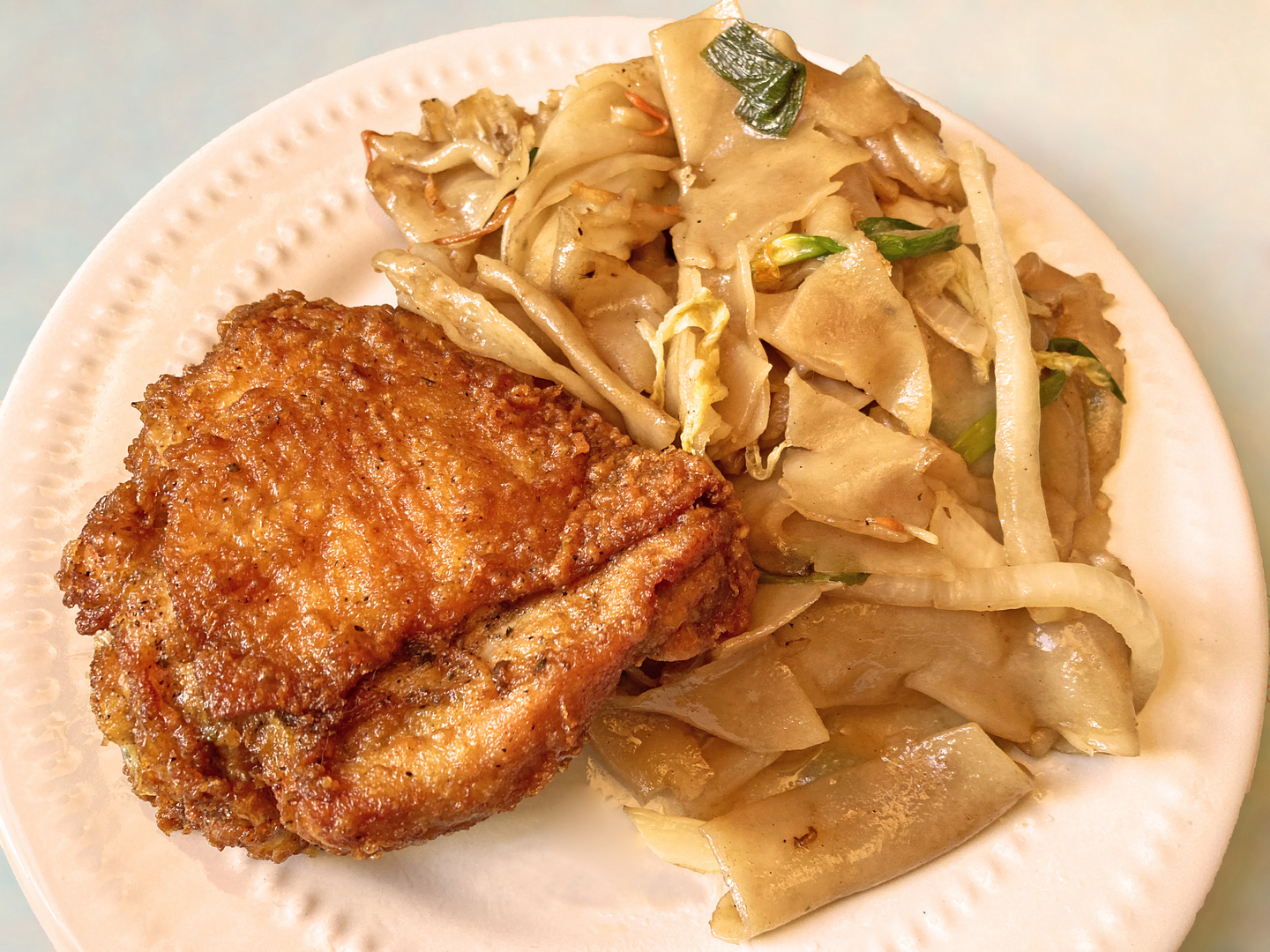
Casa Fried Chicken, when it’s staffed and when the chicken looks reasonably freshly fried, offers unreasonably inexpensive fare: wings are 4 for $2 and big honkin’ chicken parts are $1 each. The piece on this plate was about six inches wide and 2½ inches thick. “Is that a thigh?” I asked incredulously. She enclosed it in a wax paper bag and answered, “One dollar,” avoiding my question. At home, my autopsy revealed that it appeared to be a thigh somehow firmly affixed to a breast based on the color of the meat but not on the skeleton or any anatomy I was familiar with. It was agreeably seasoned though, and for the price it was a genuine bargain.
The Fried Rice Noodles are flavored modestly, well lubricated, and possess the satisfyingly chewy texture of an archetypical comfort food. And I’m addicted to the stuff. You’re looking at roughly a quarter of the large size which weighed in at over 2½ lbs: $5.75. I’ve fallen into the habit of bringing one of these home every time I visit because since they’re delicious but not overpowering, they’re easy to tinker with by adding other ingredients (meat, fish, veggies, etc.) and enhancing the seasoning appropriately thus creating something you didn’t dine on the day before while staying well within your budget. This meal cost about $2.50.
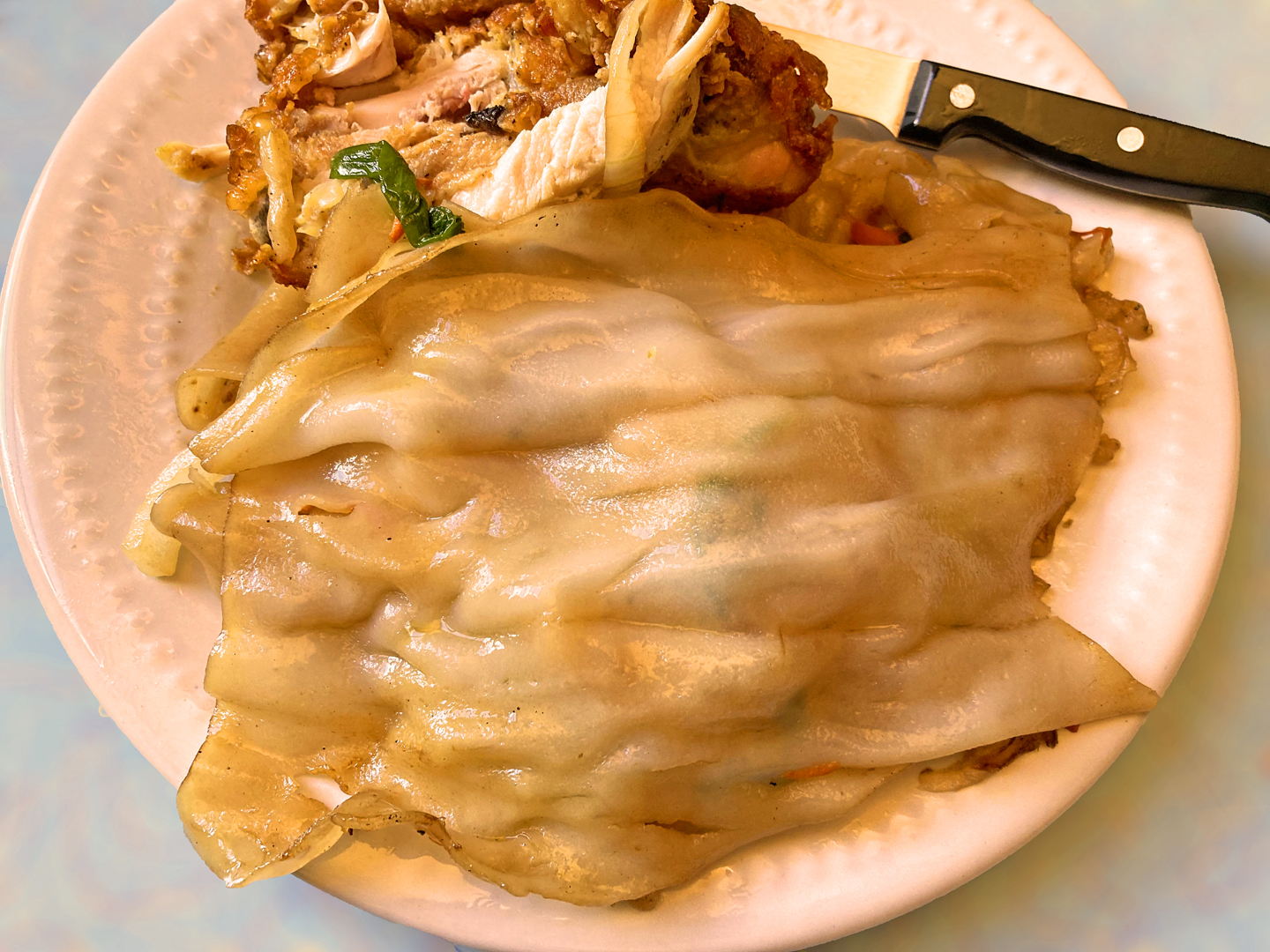
The remarkable feature of these noodz is that they are enormous! I’ve unfurled one in this photo; it measures about 7½ x 5 inches and that’s not the largest of the lot.
I see a fusion Chinese Lasagna in my future.


